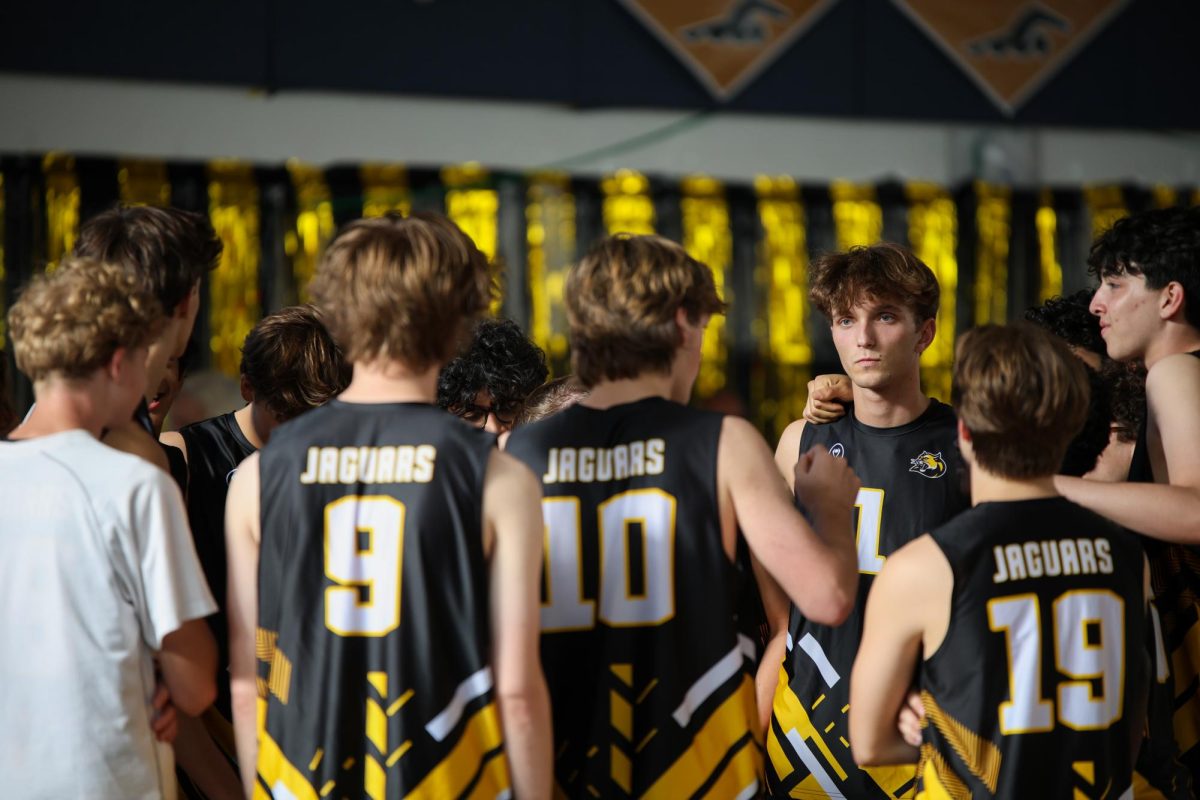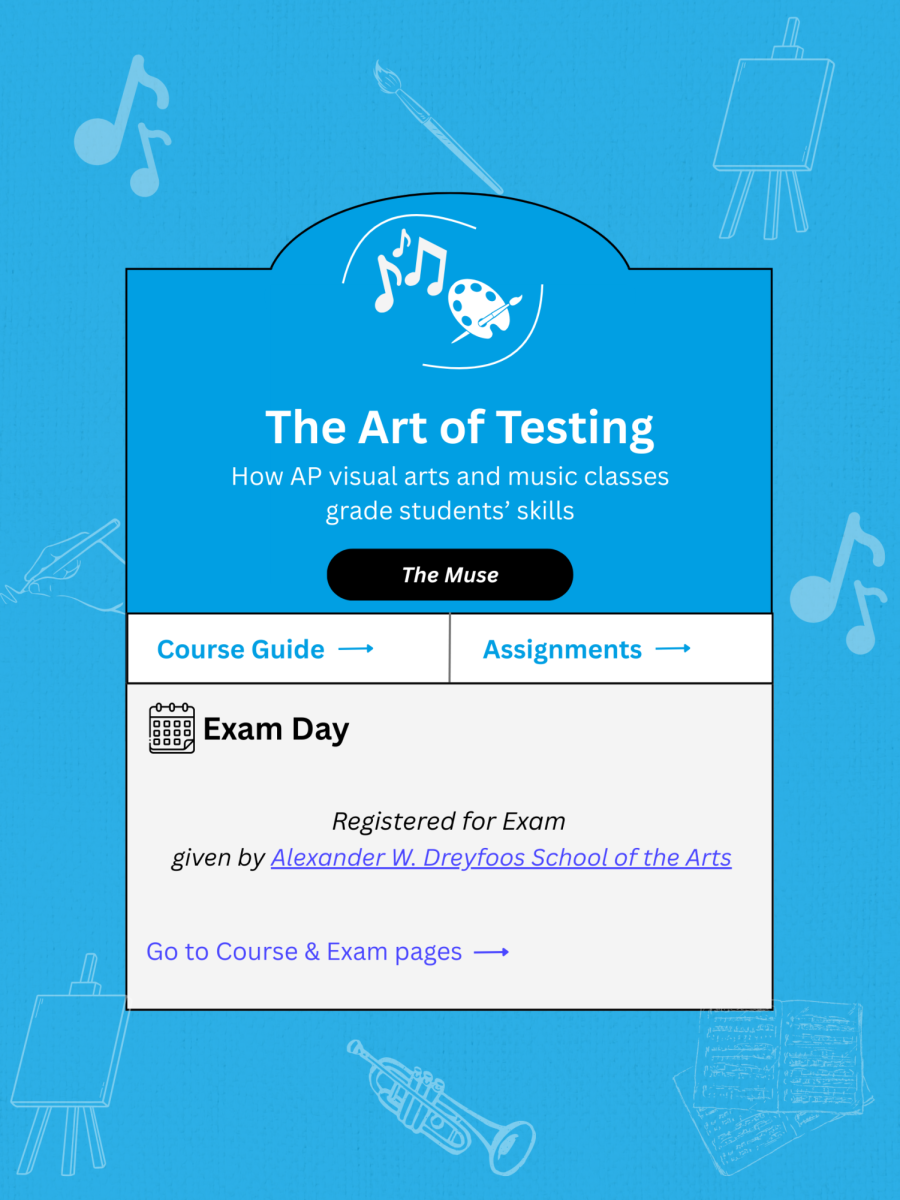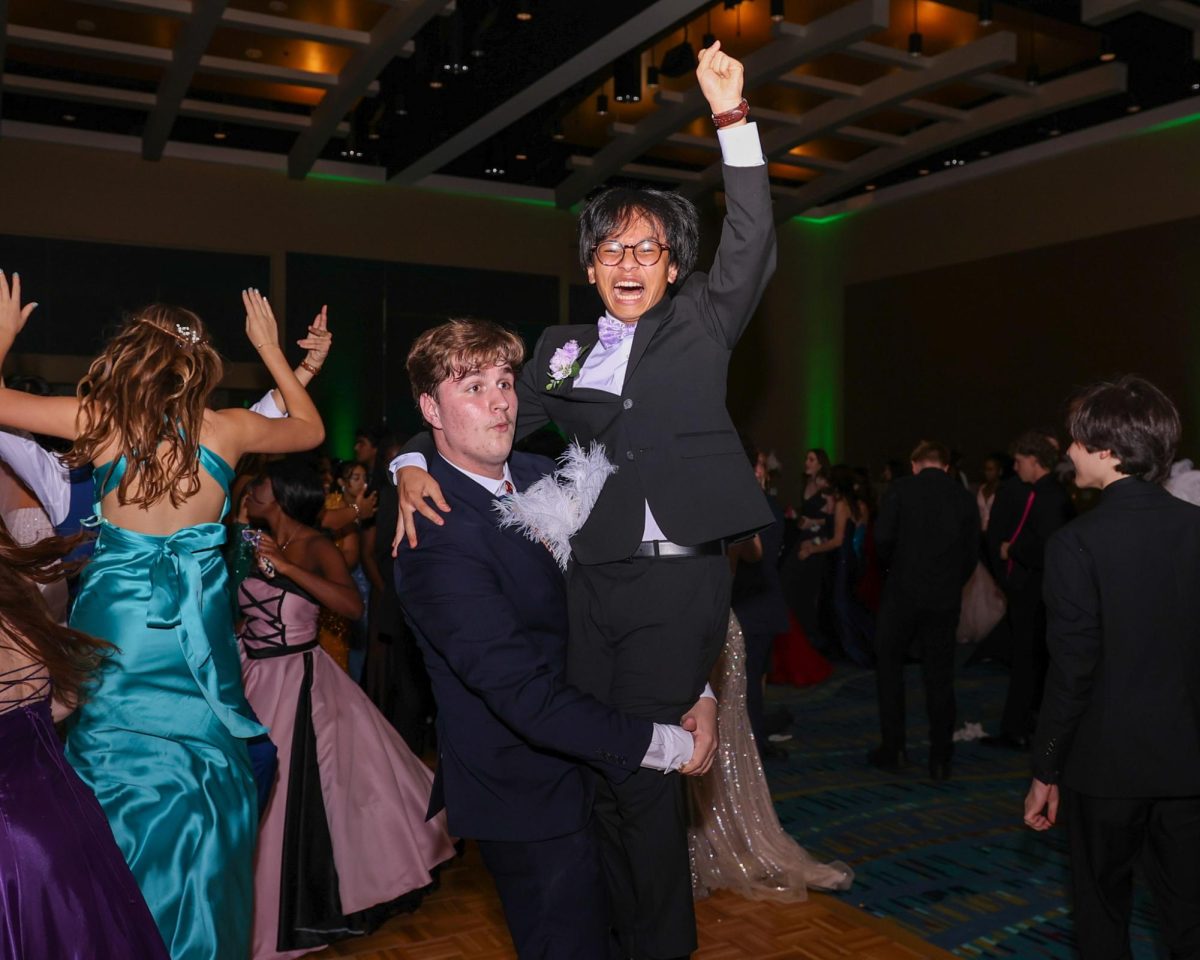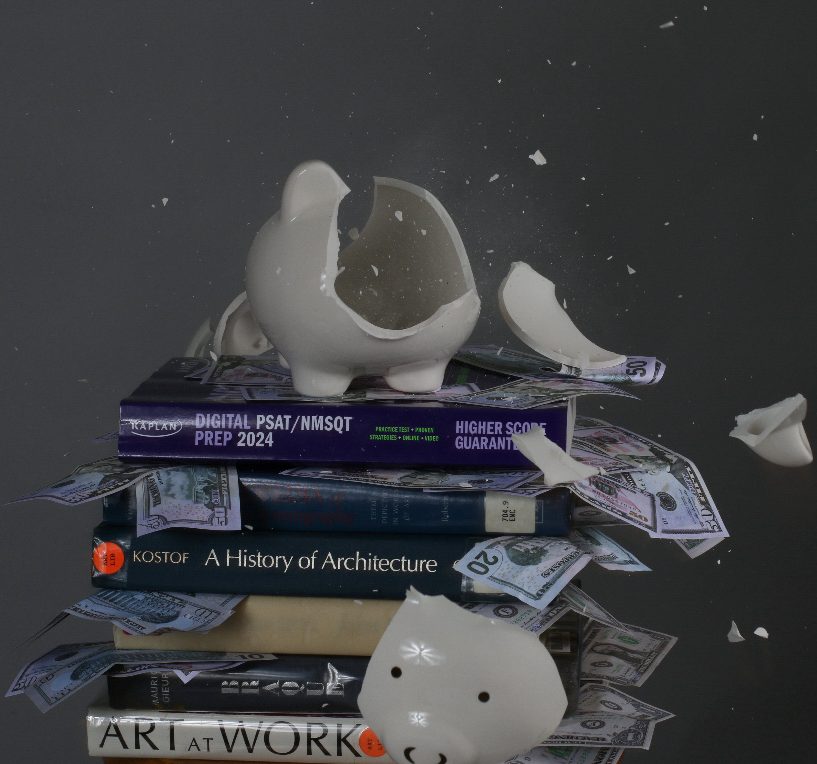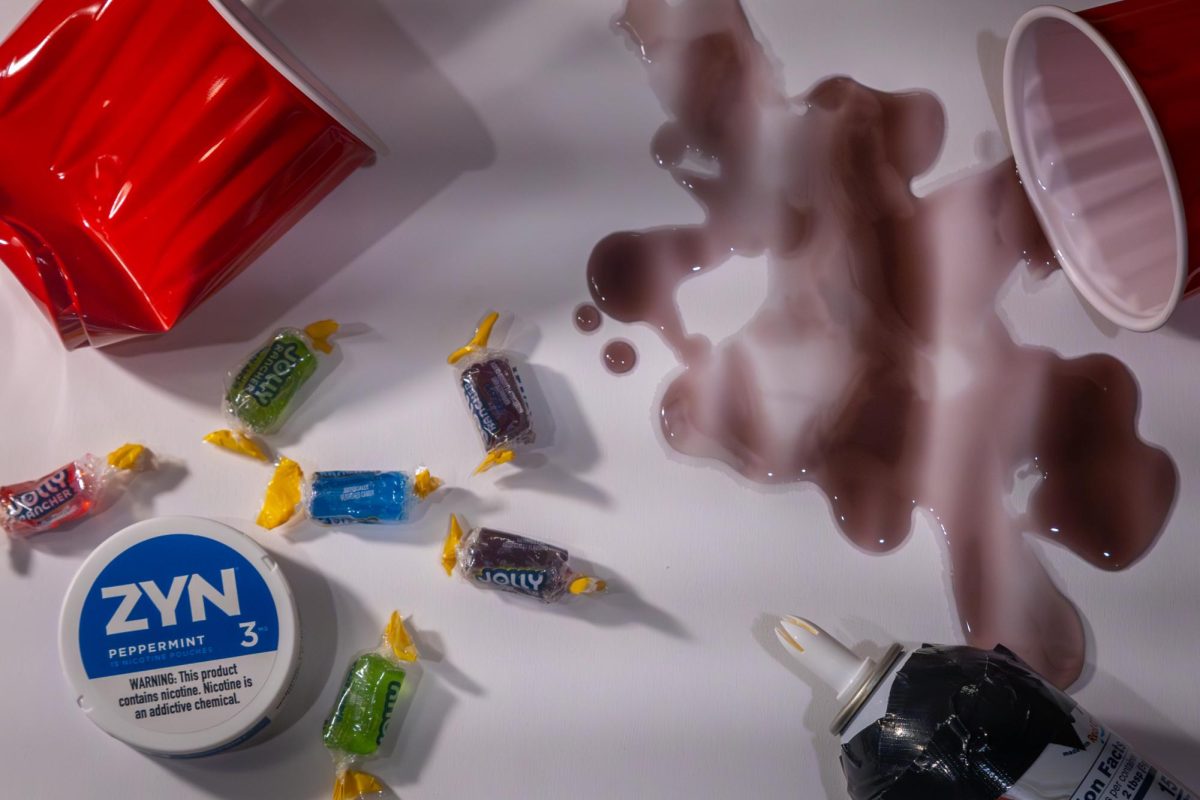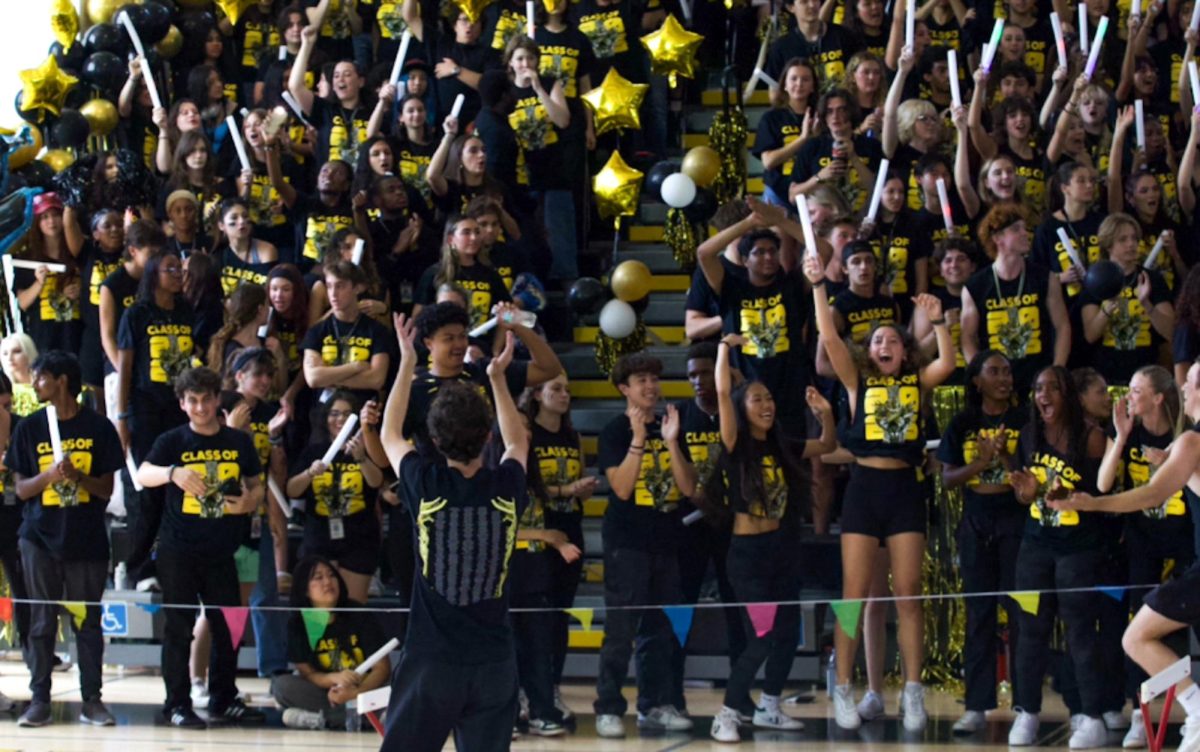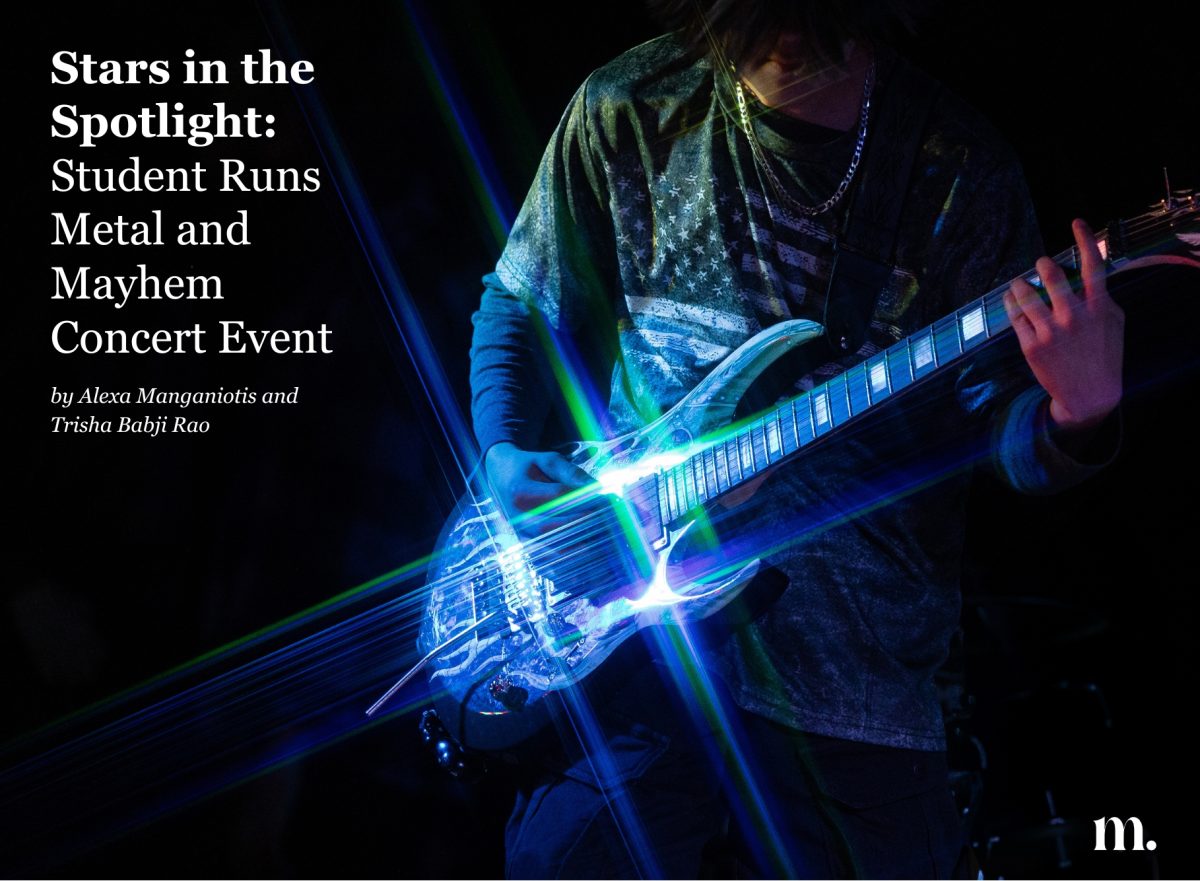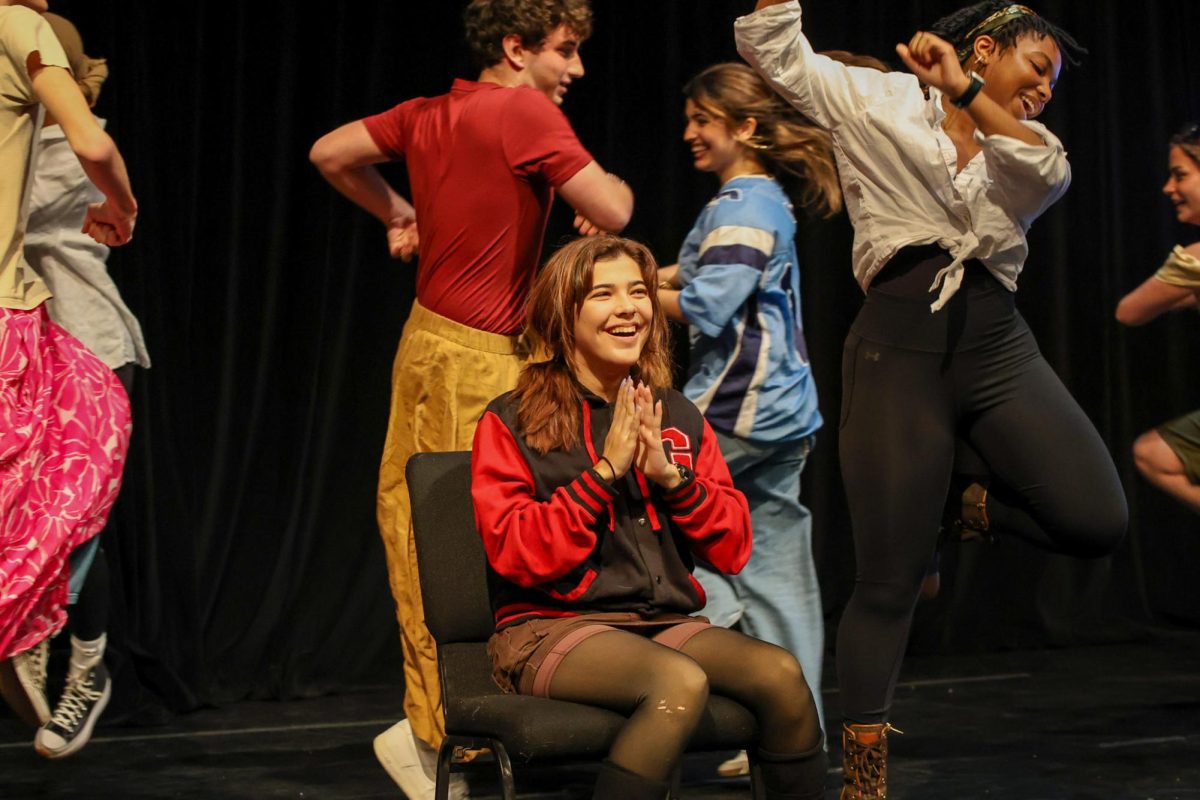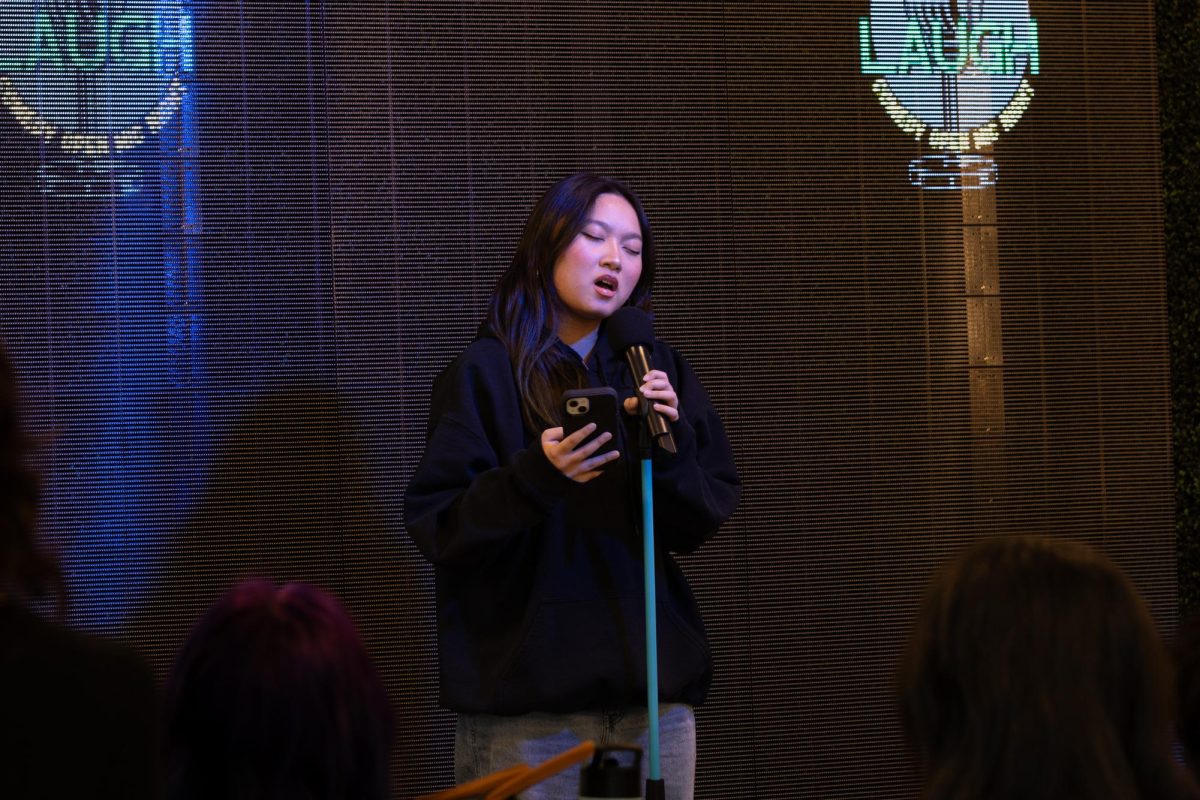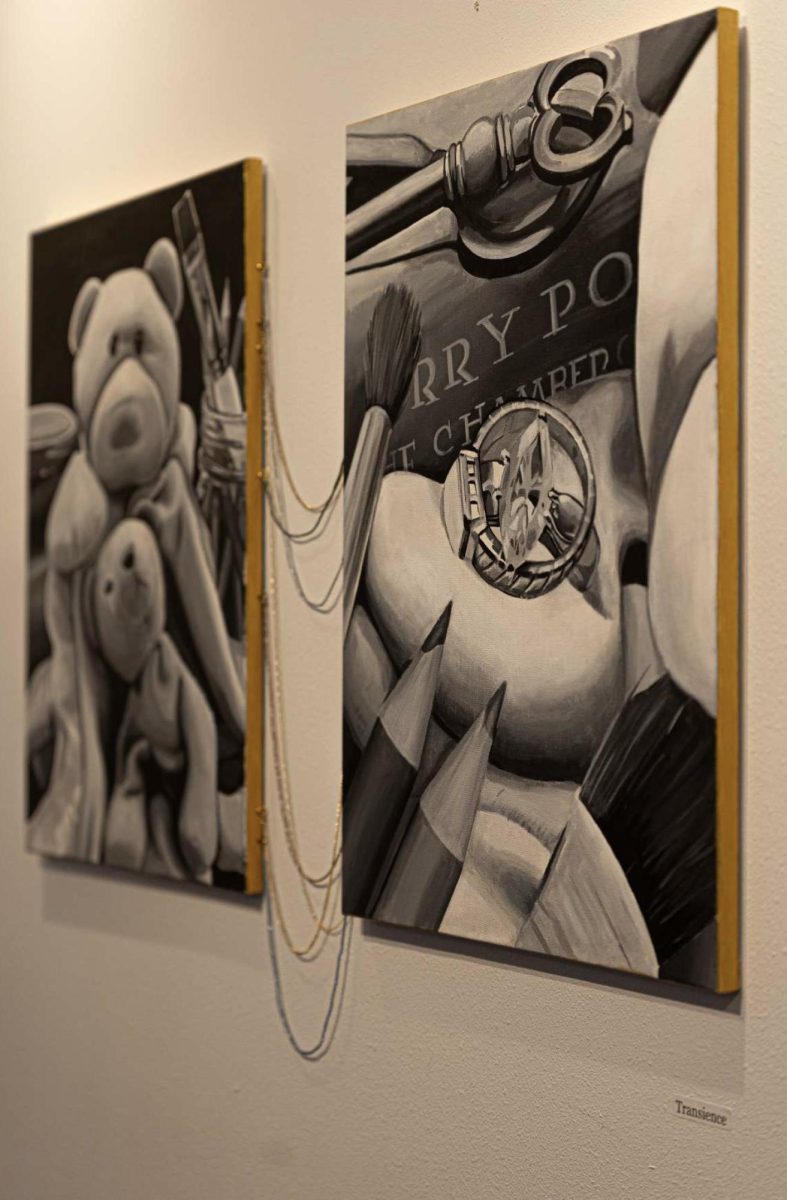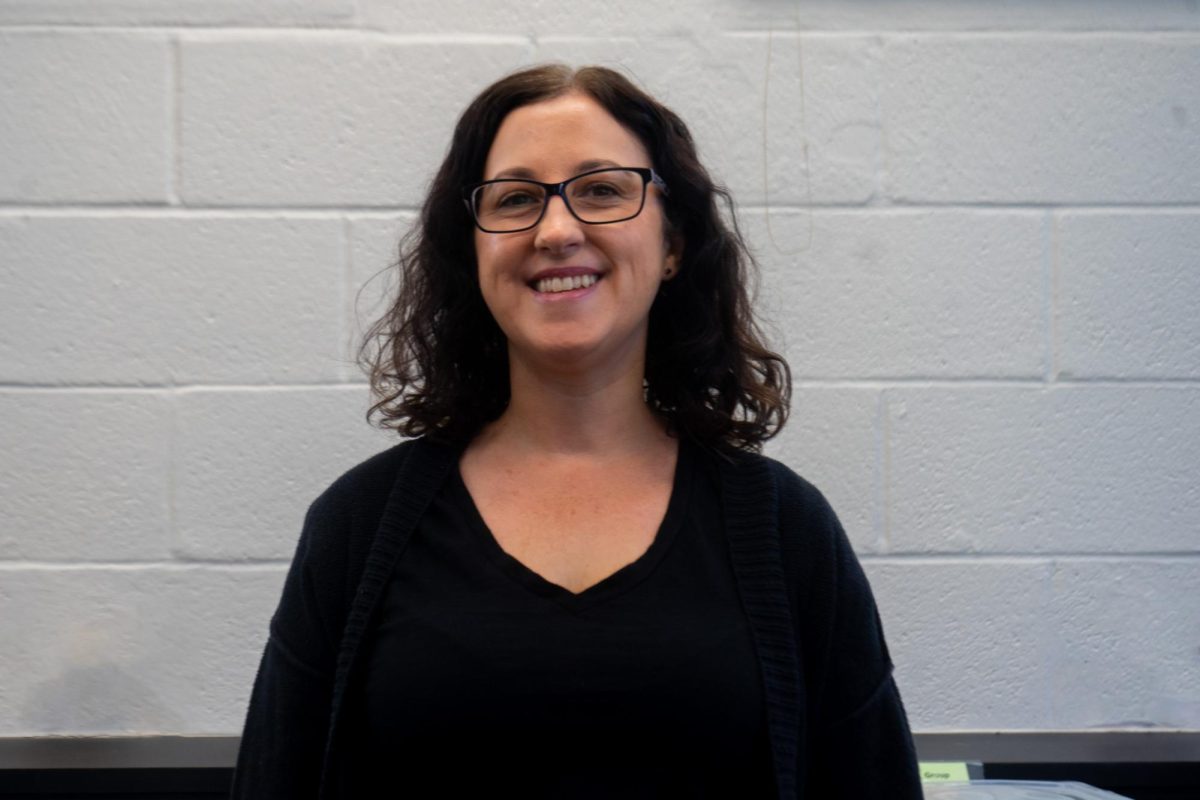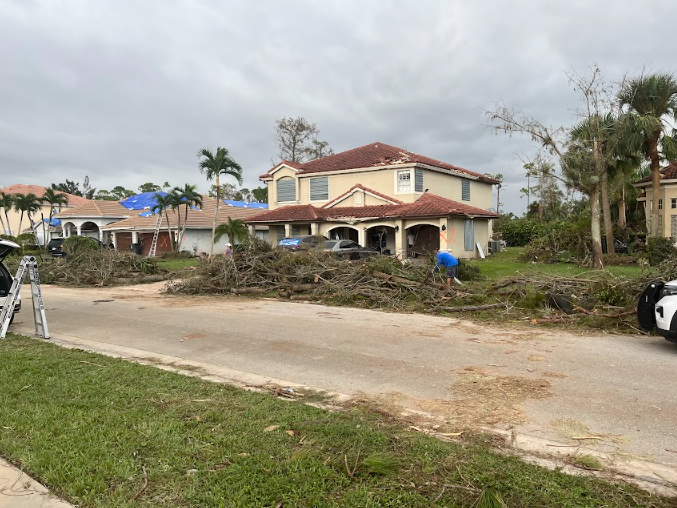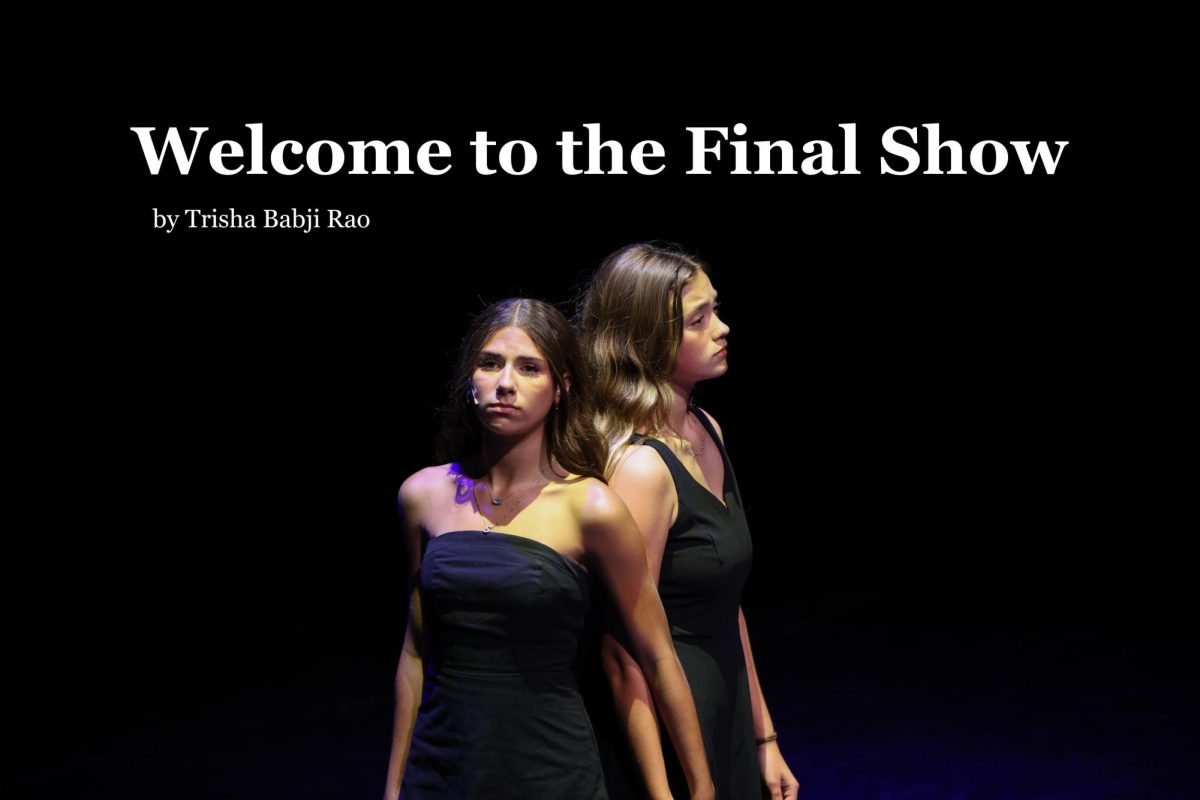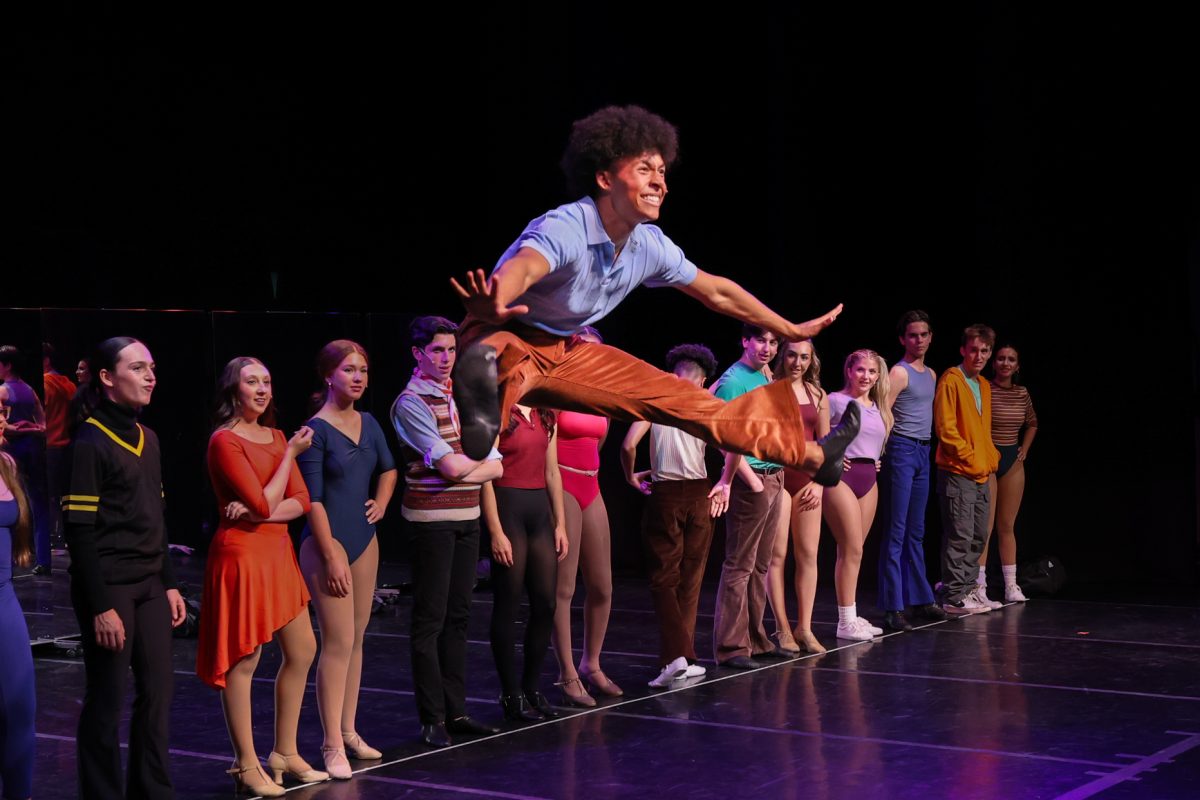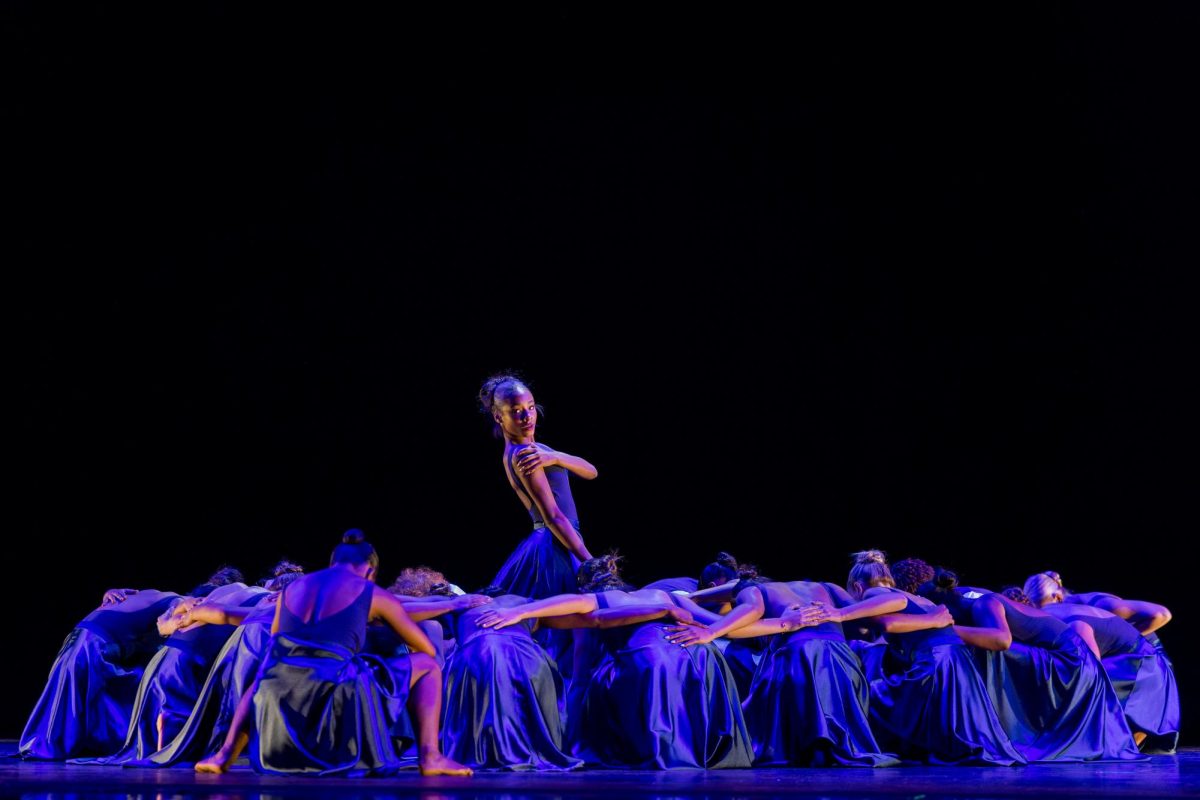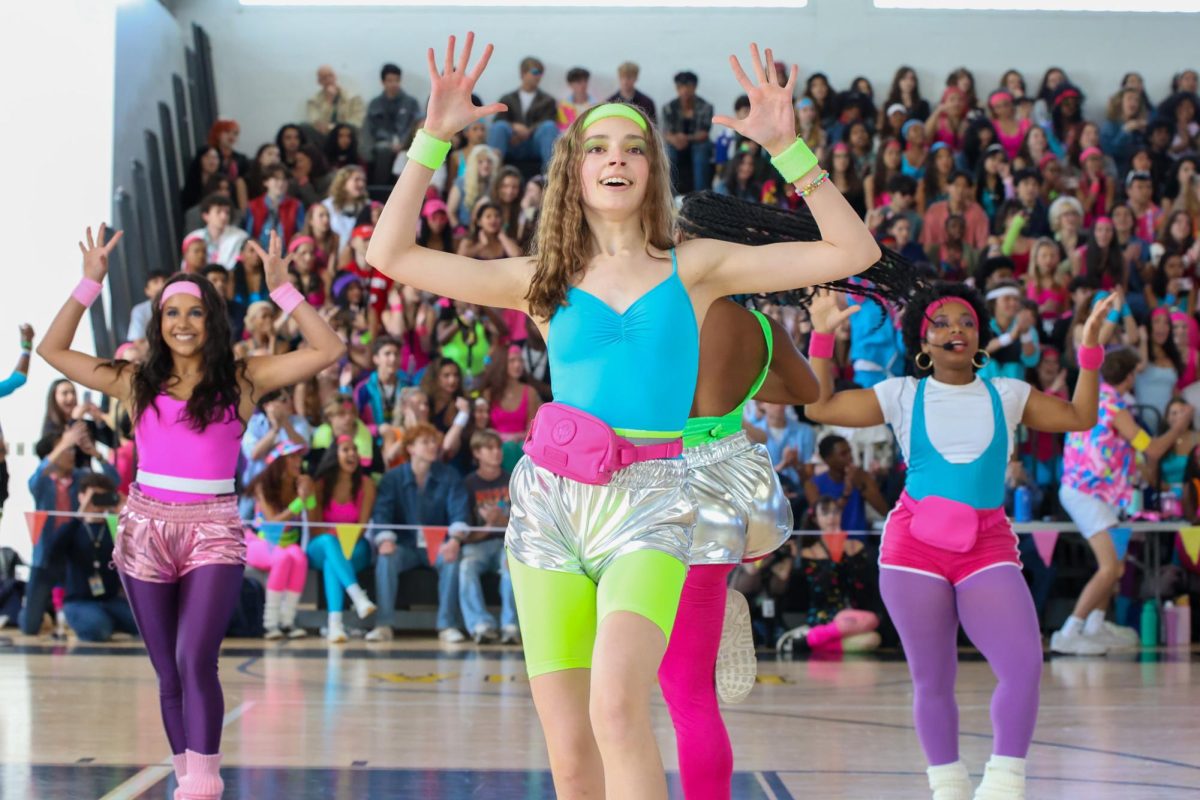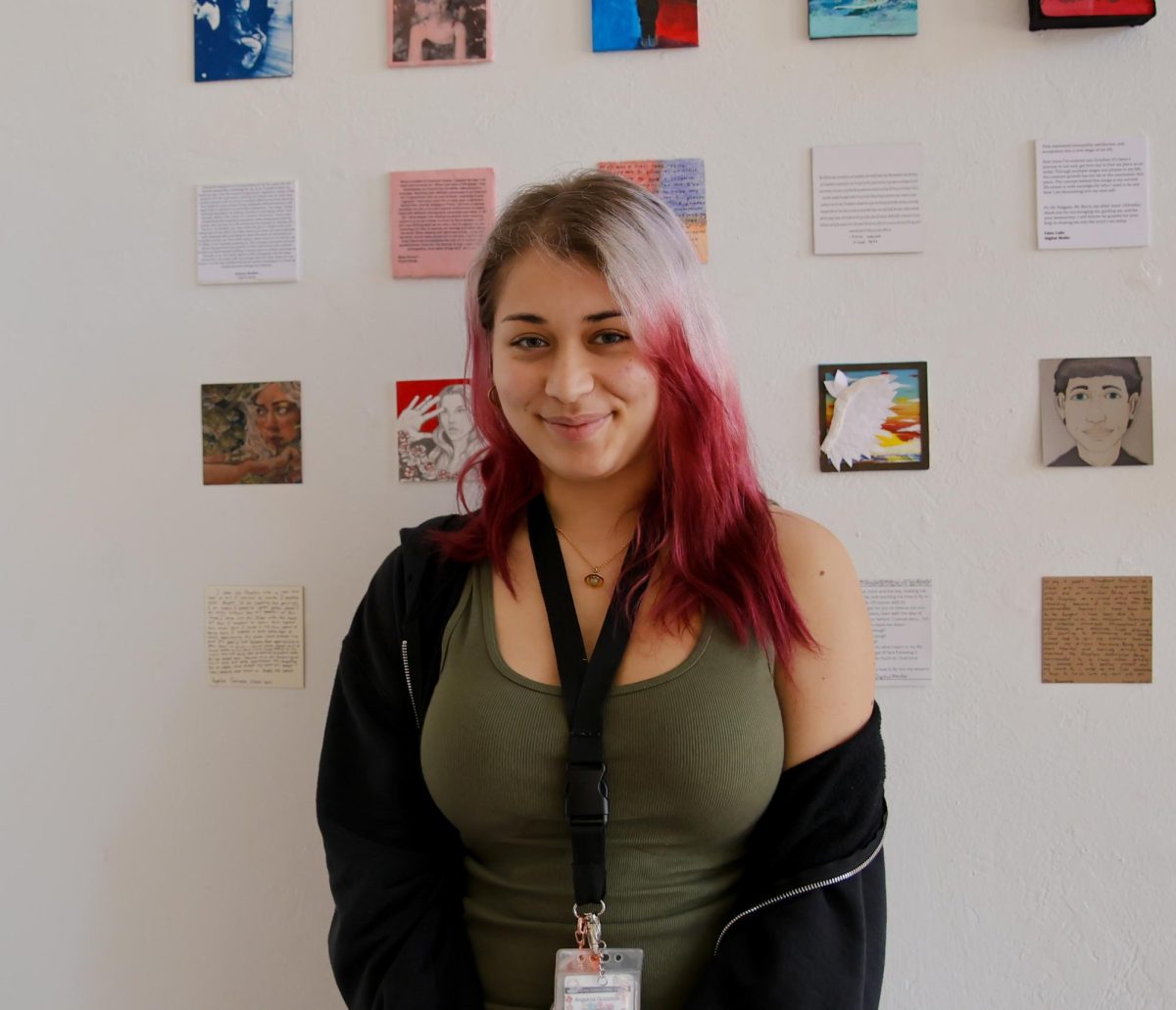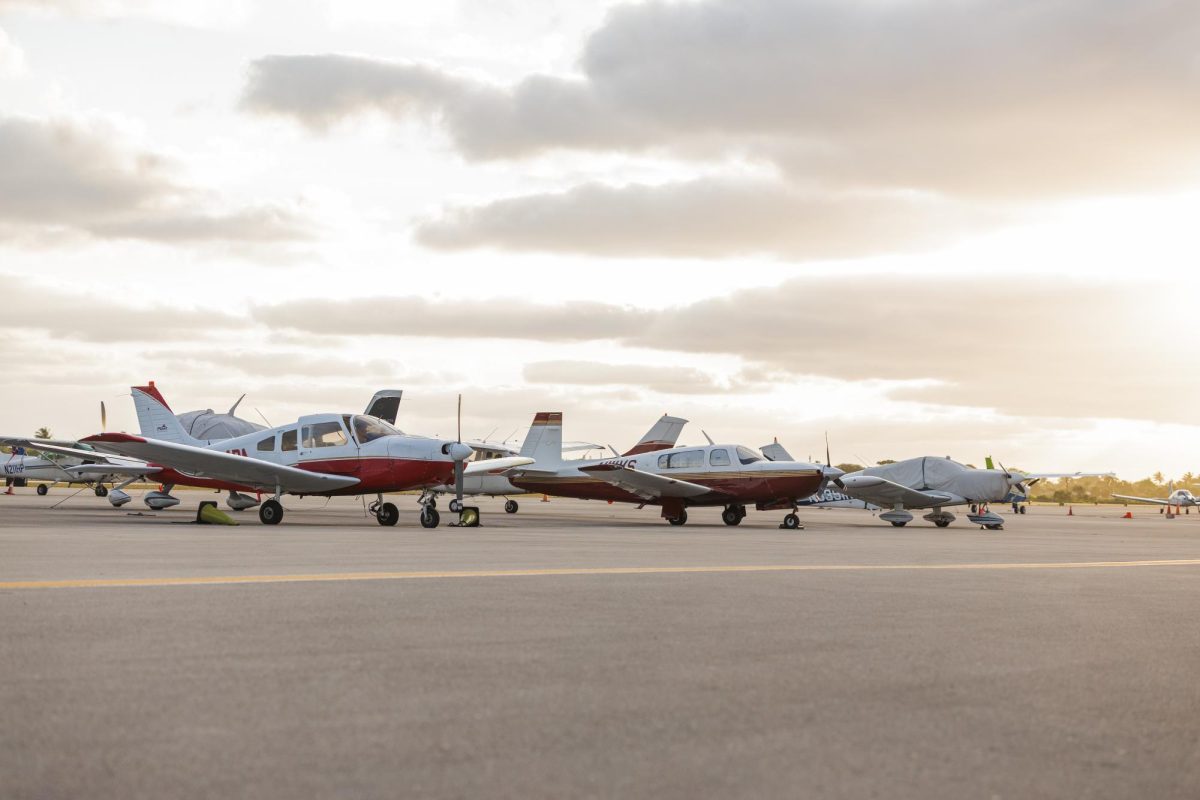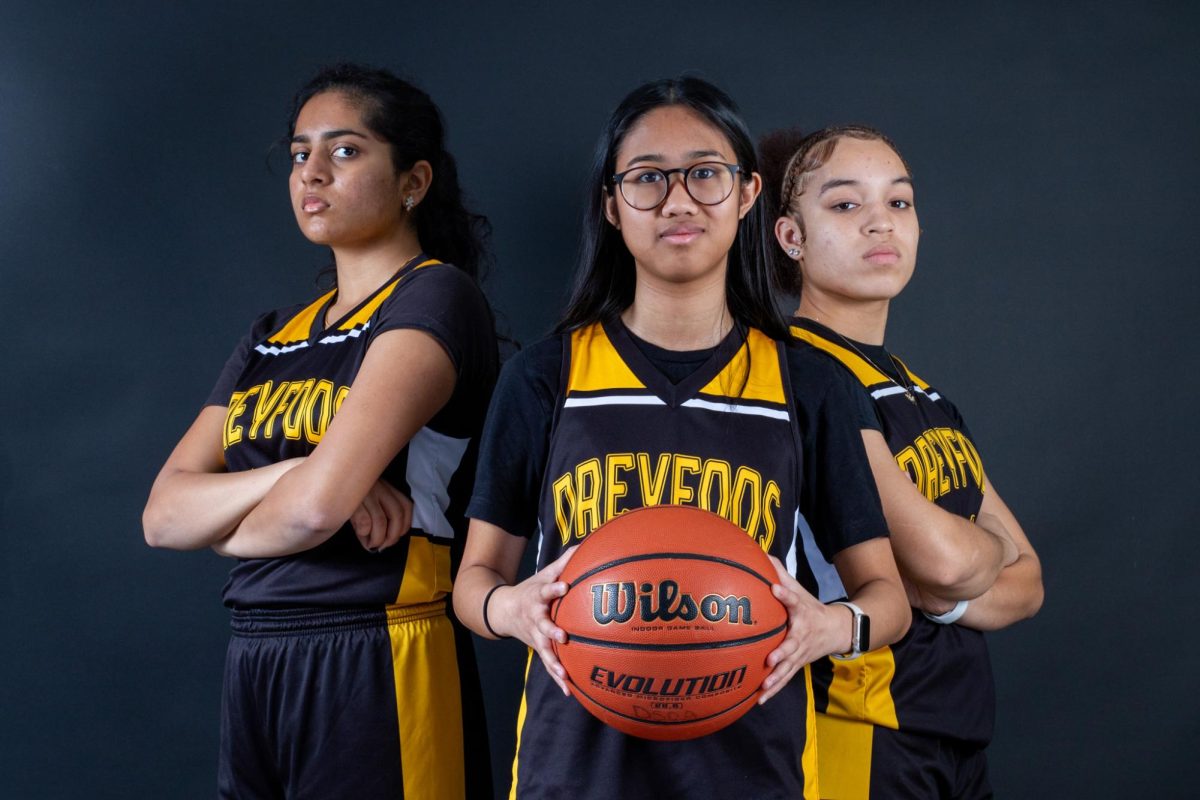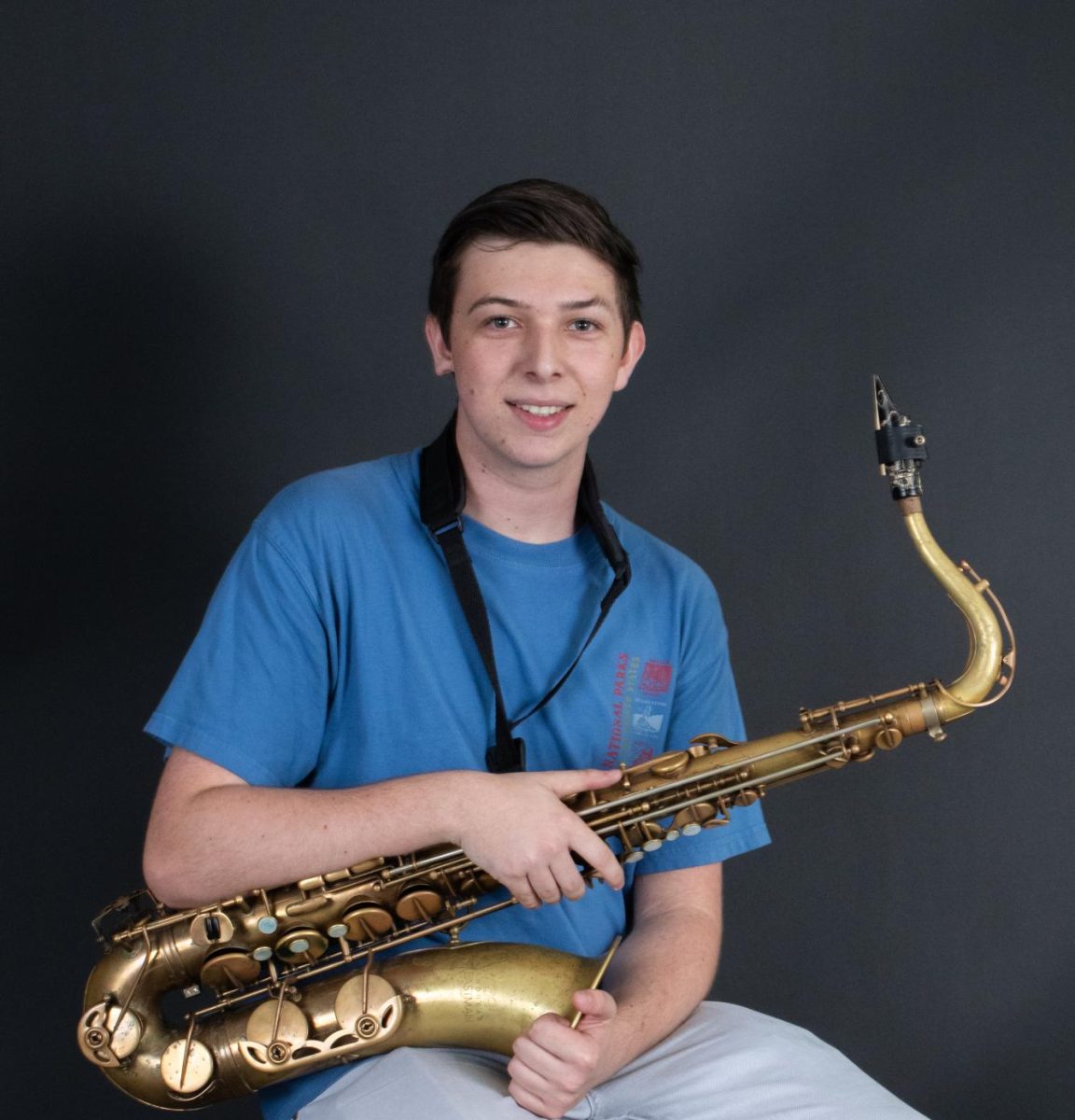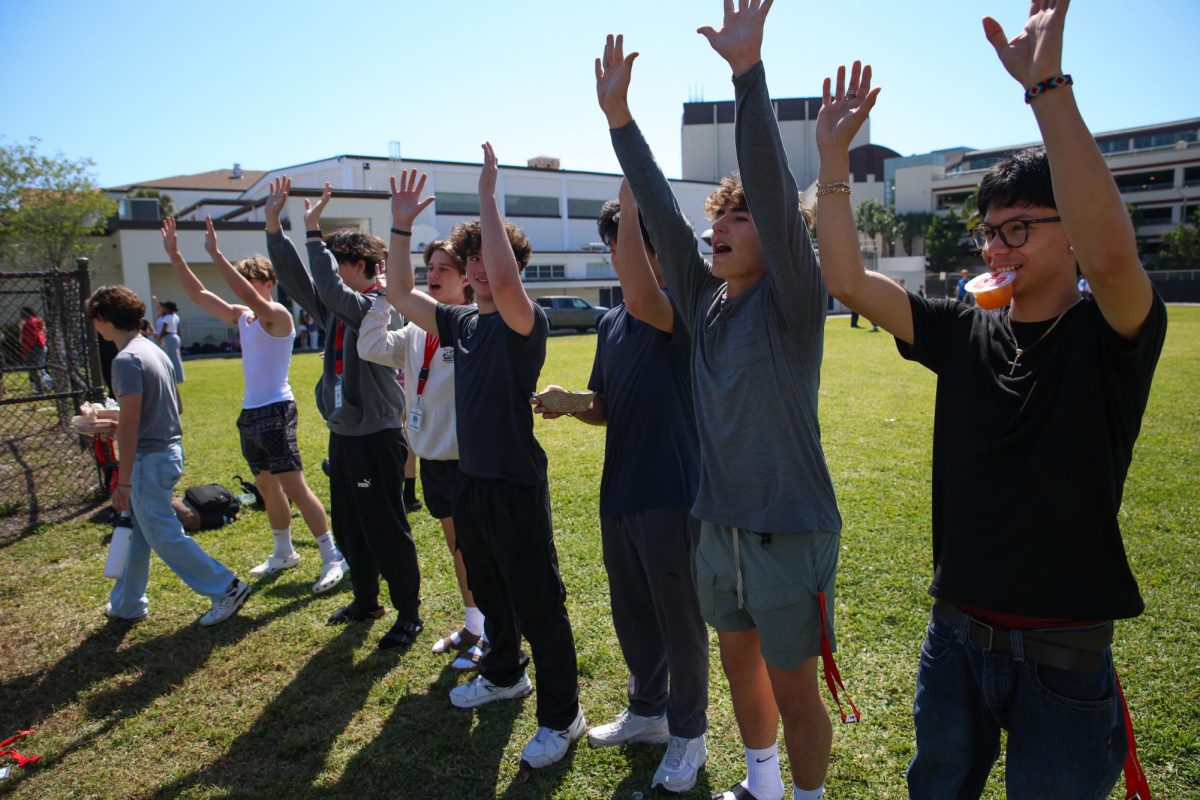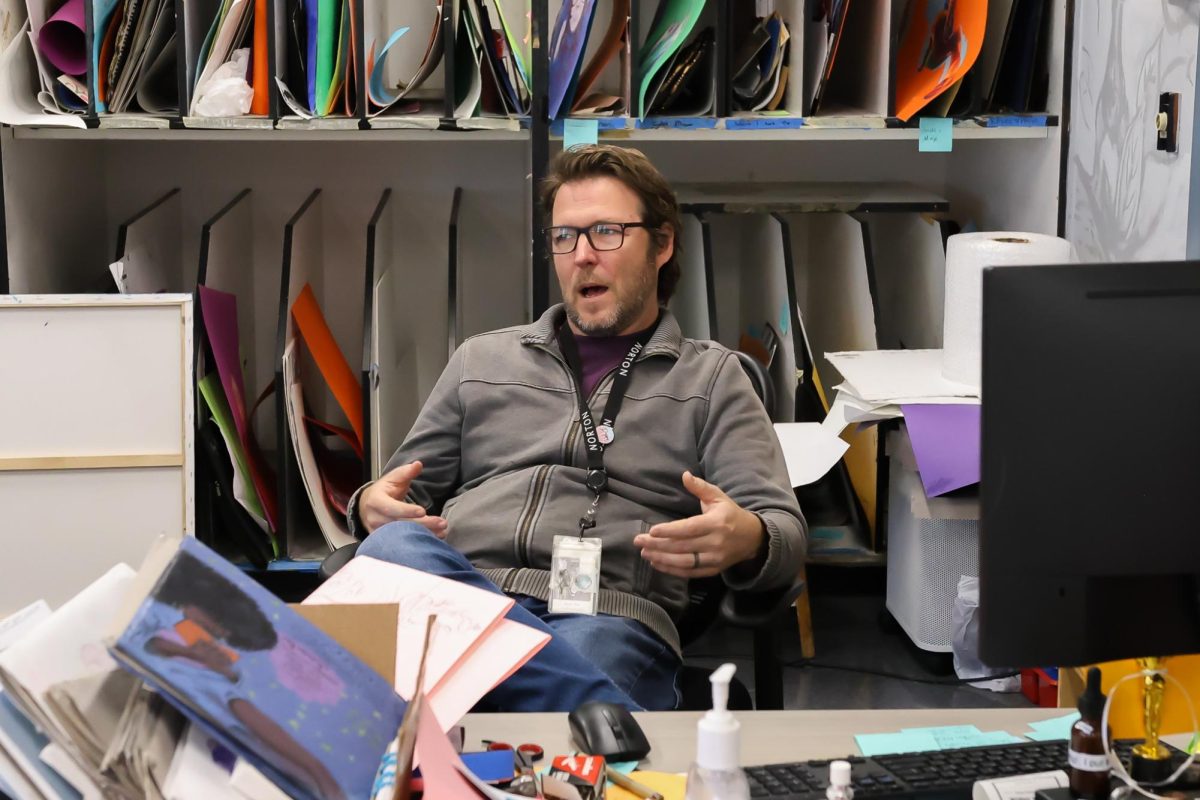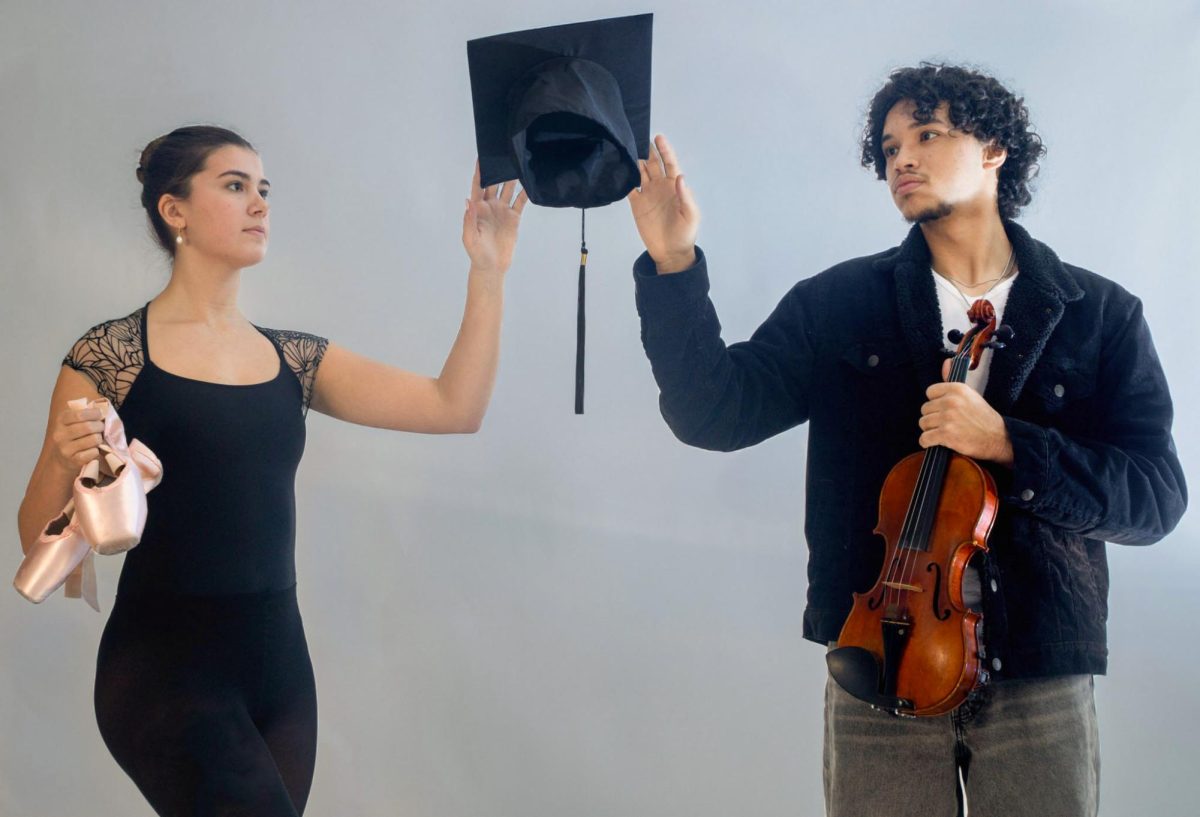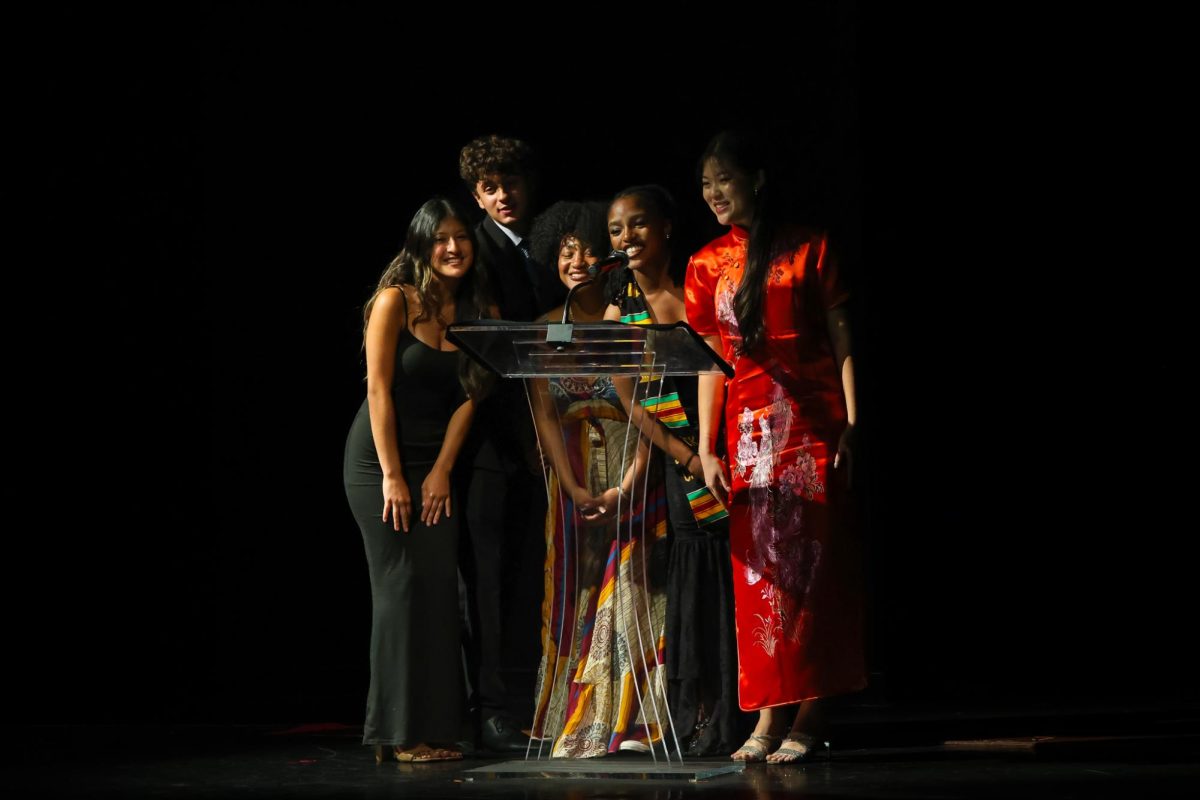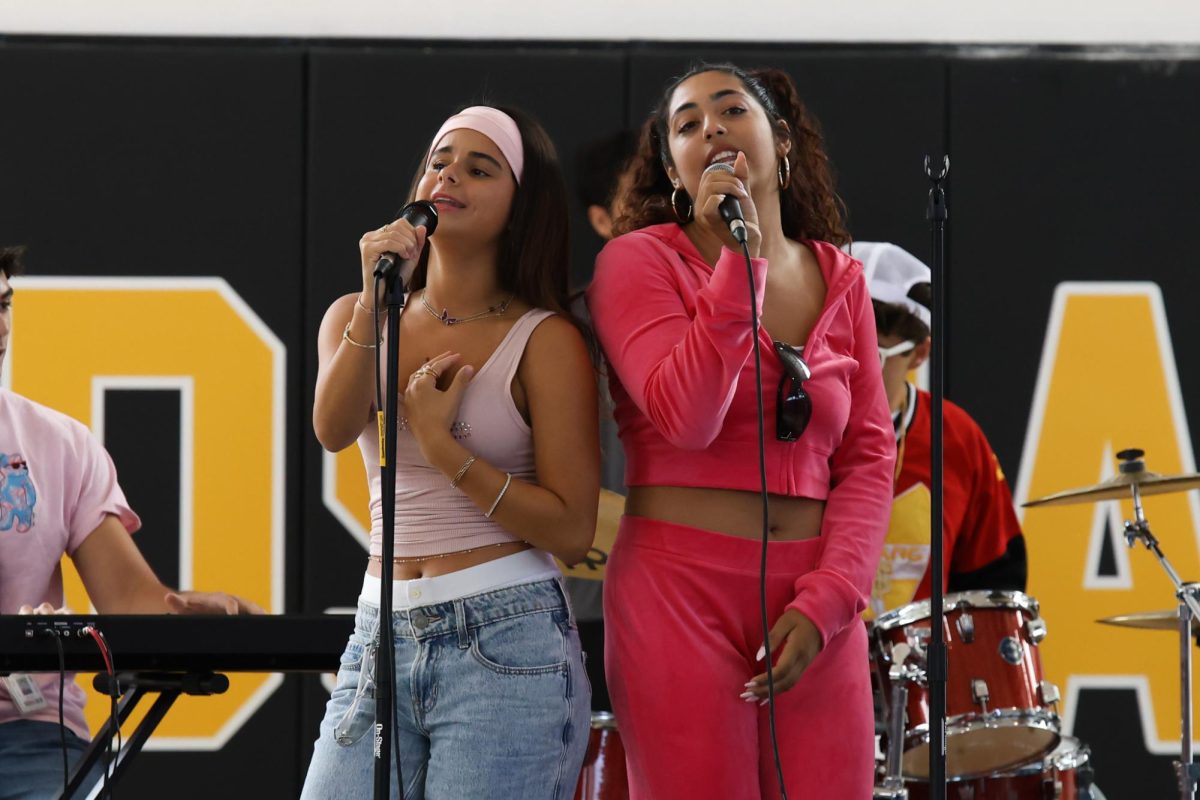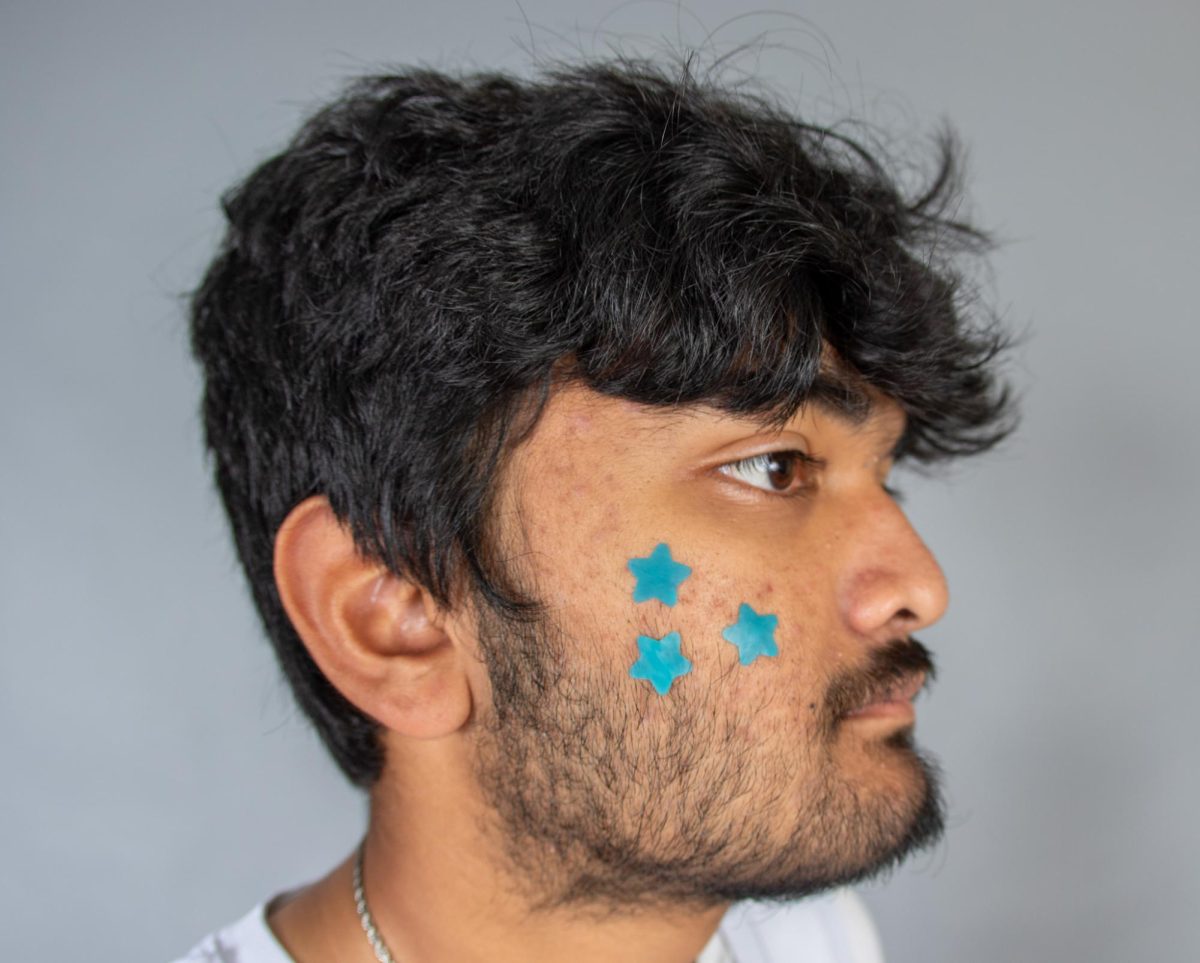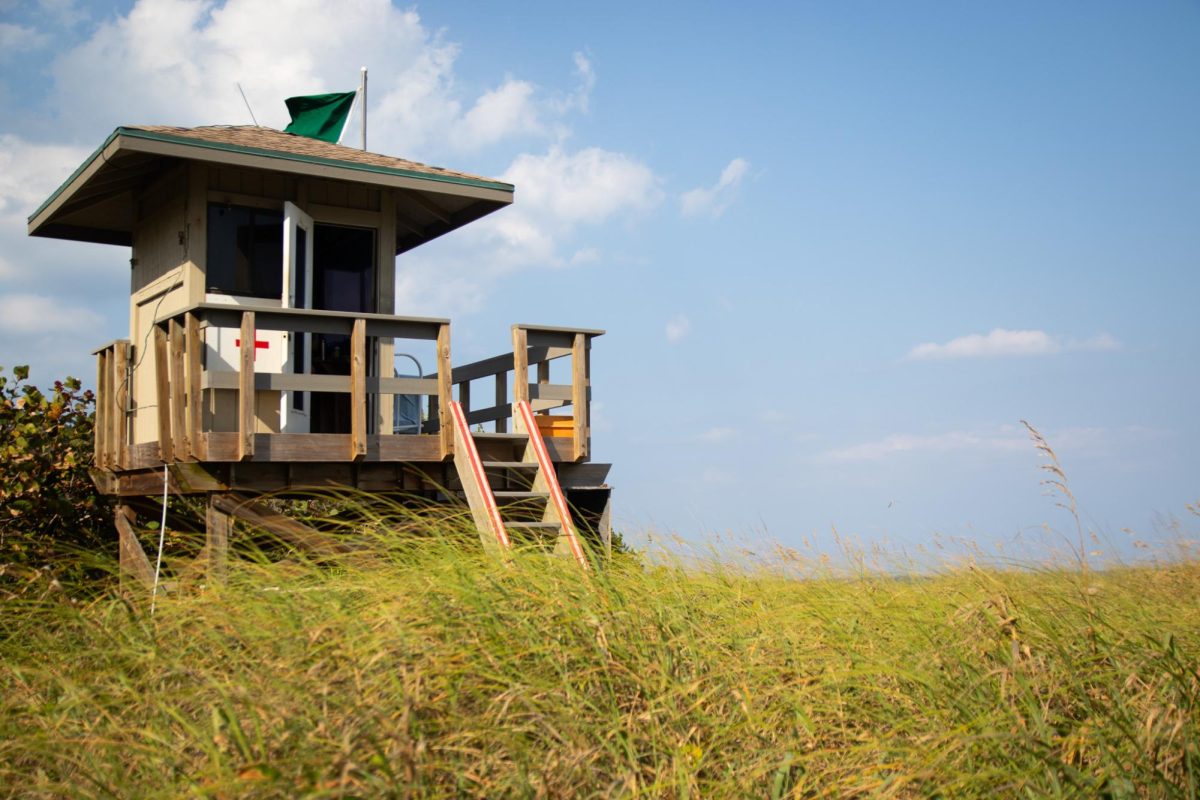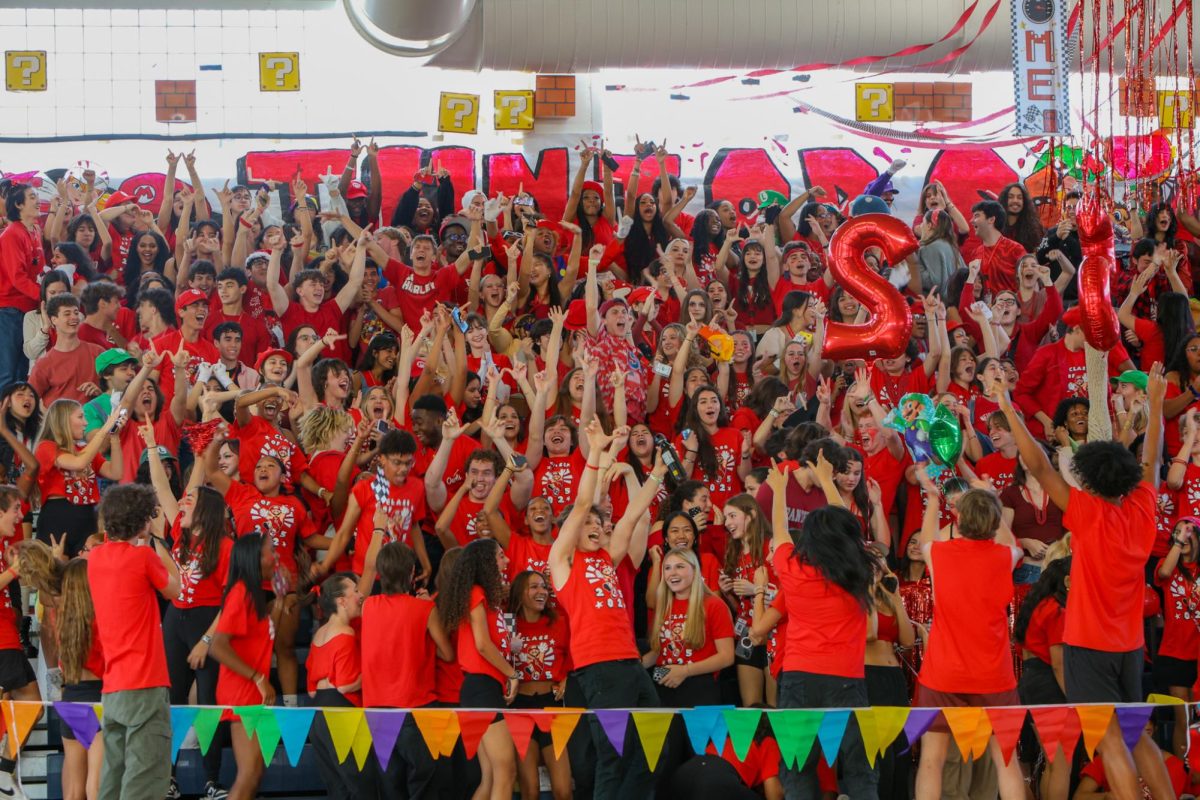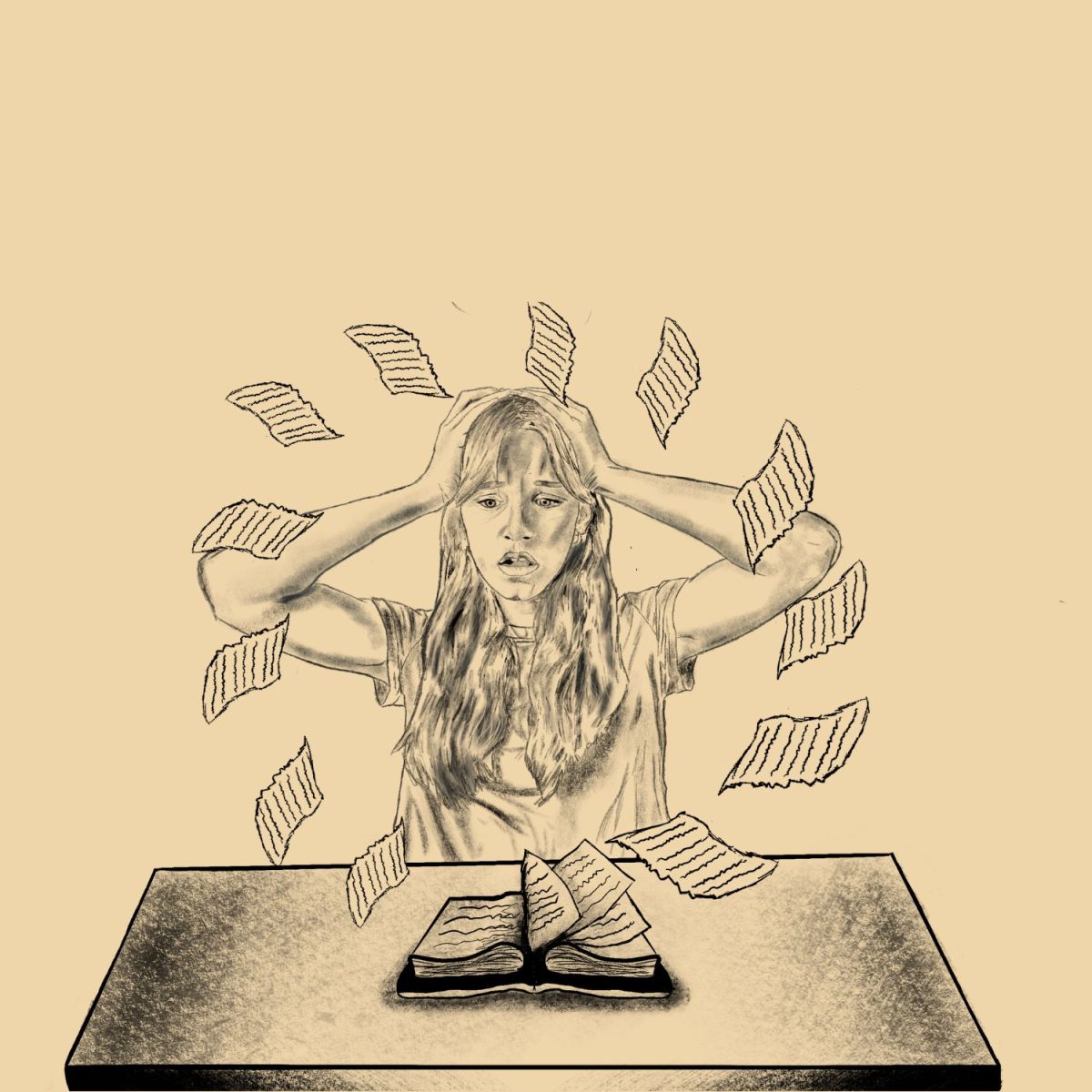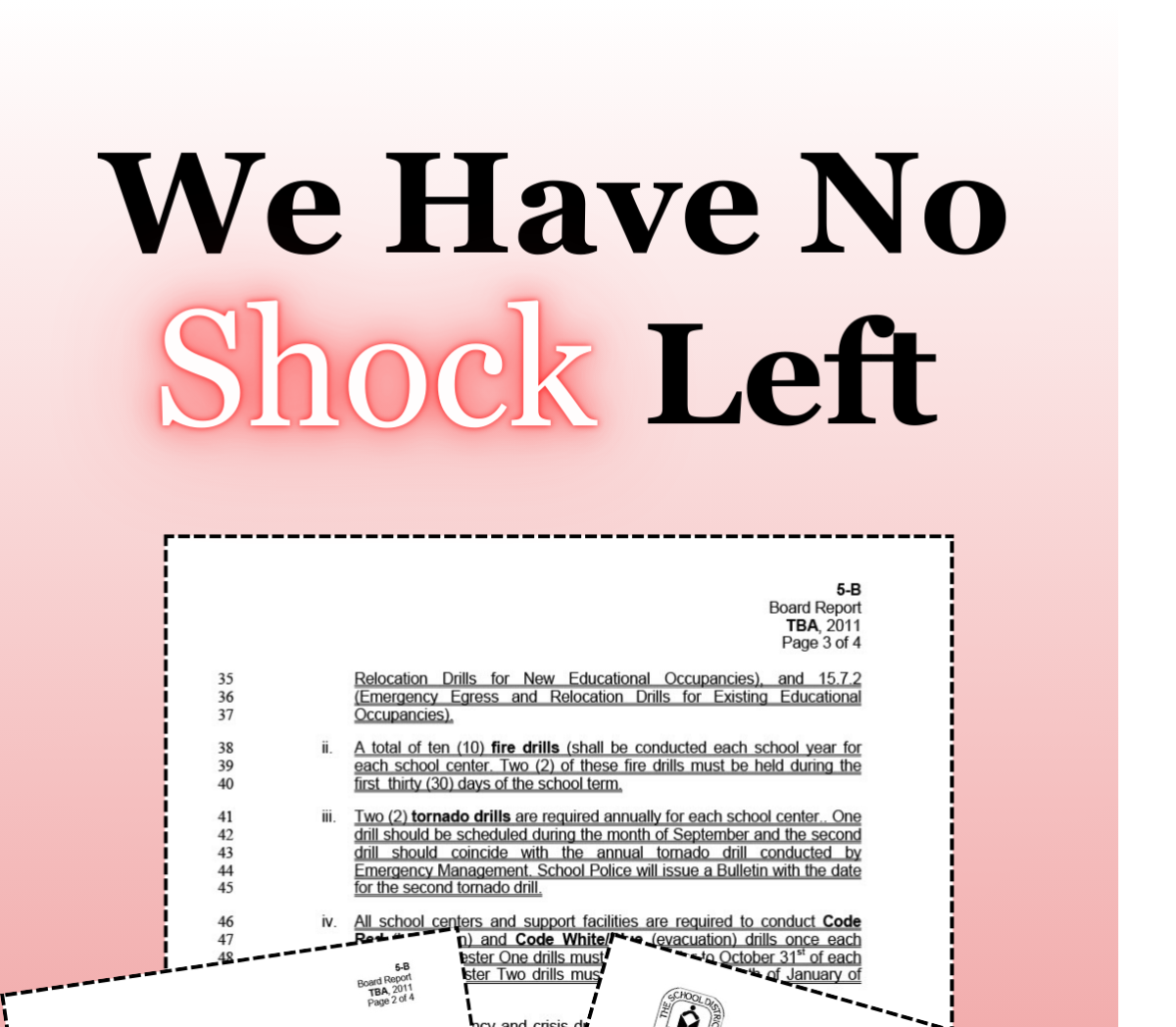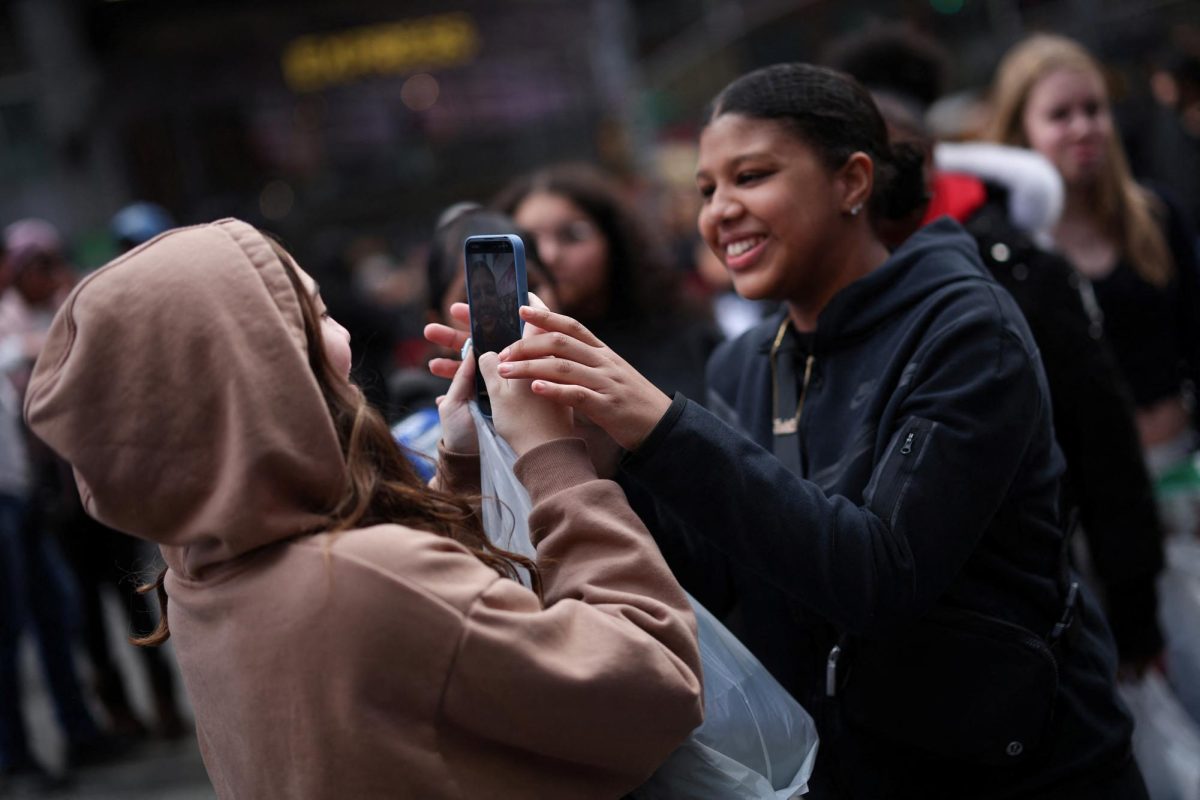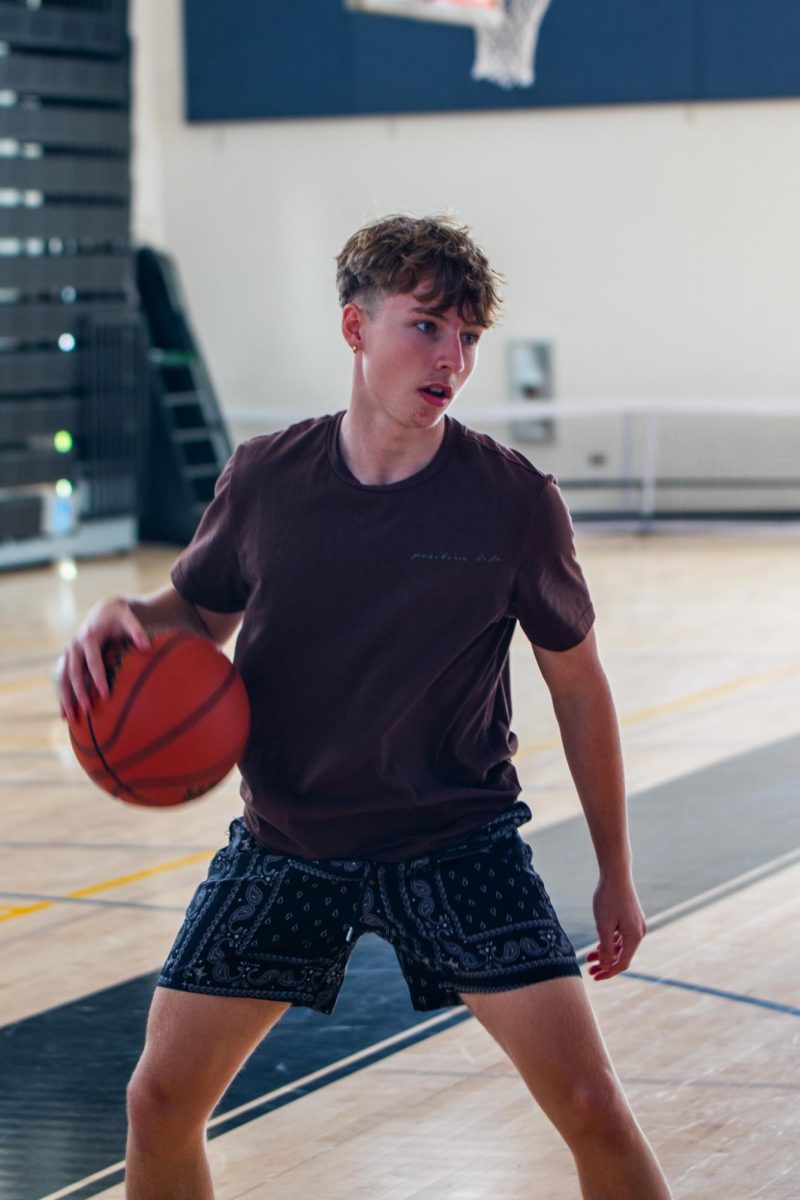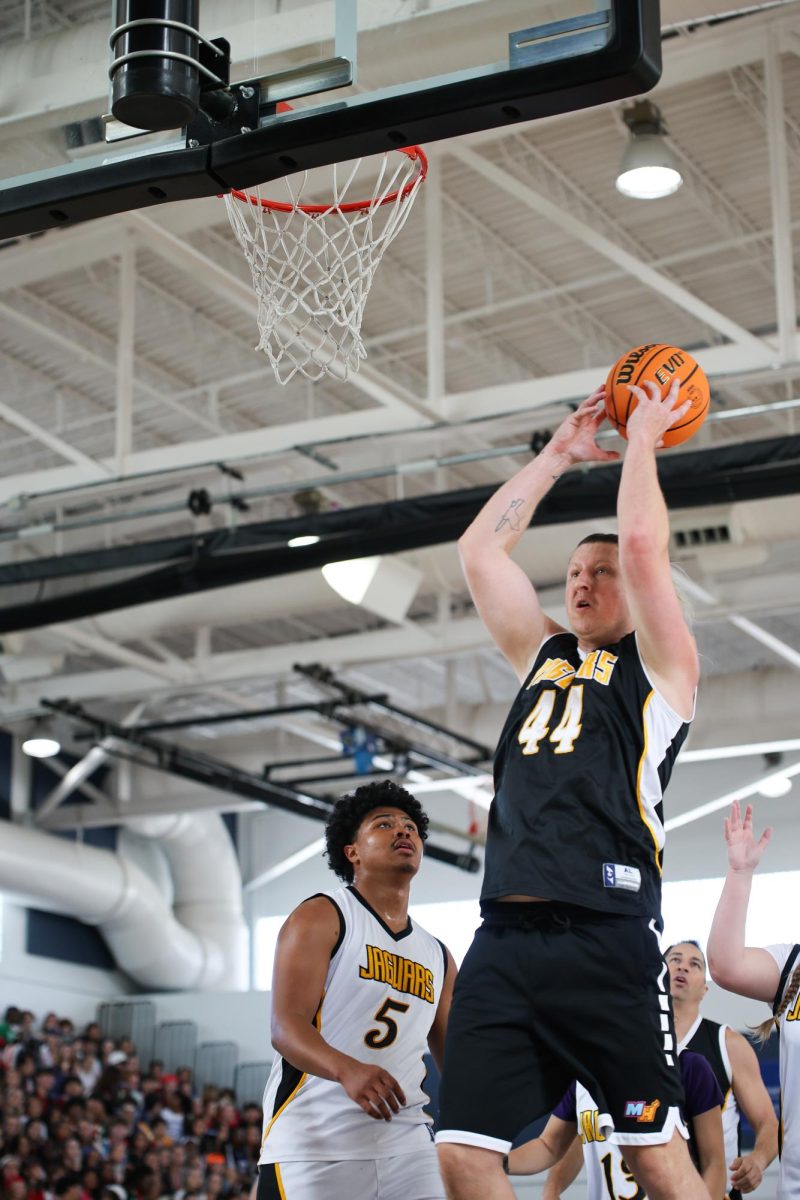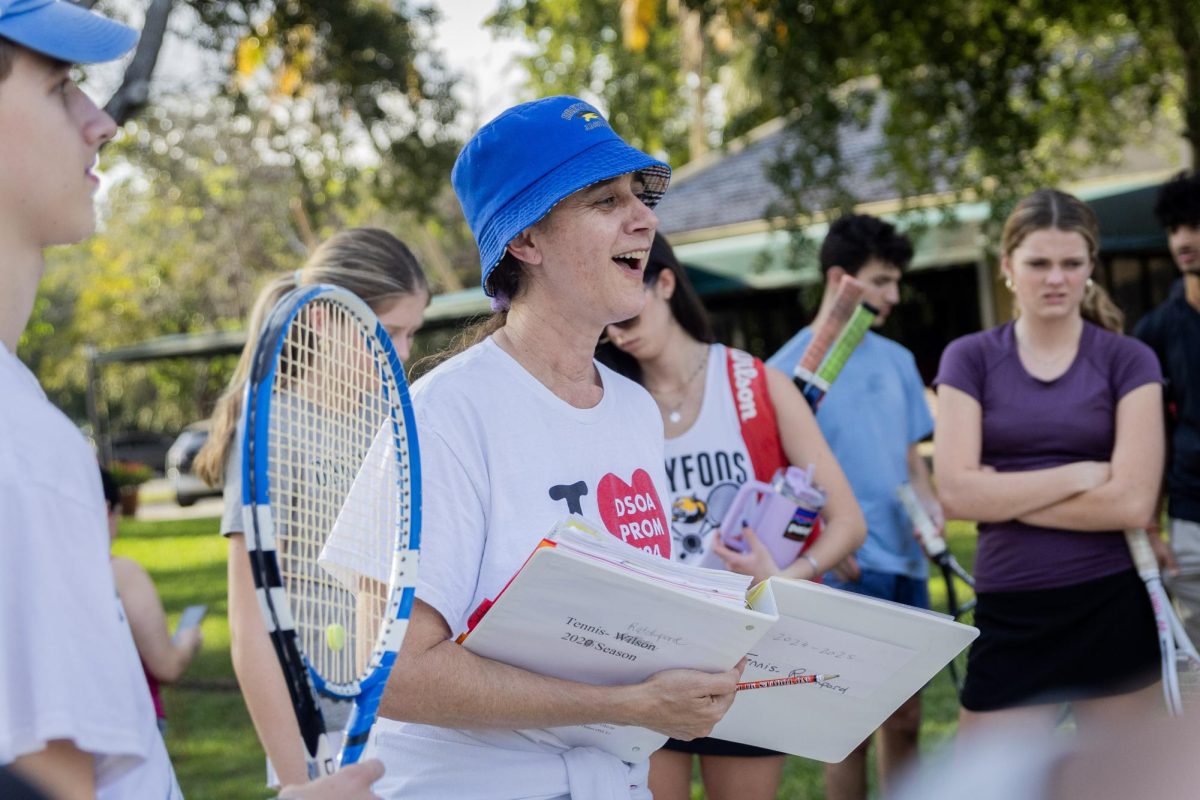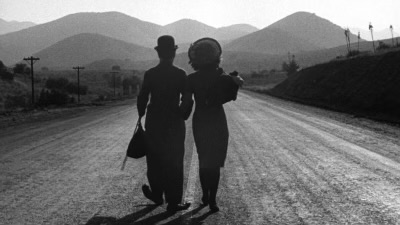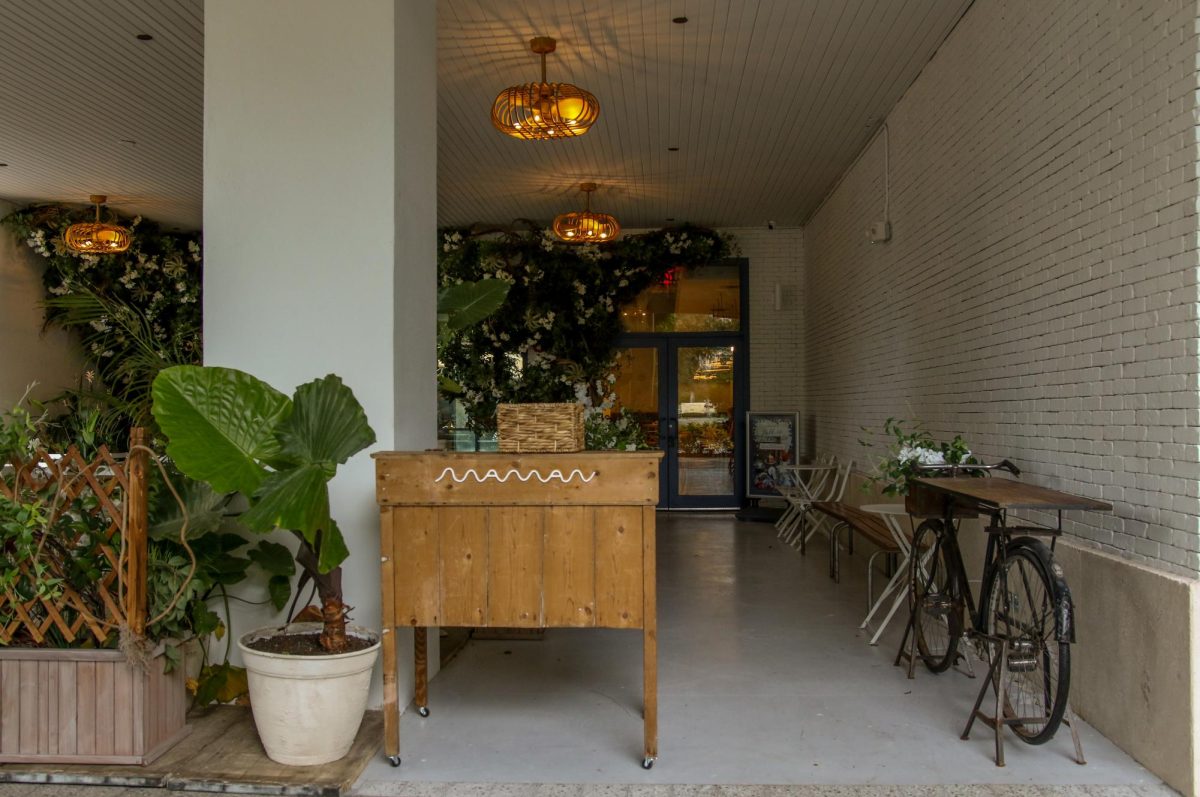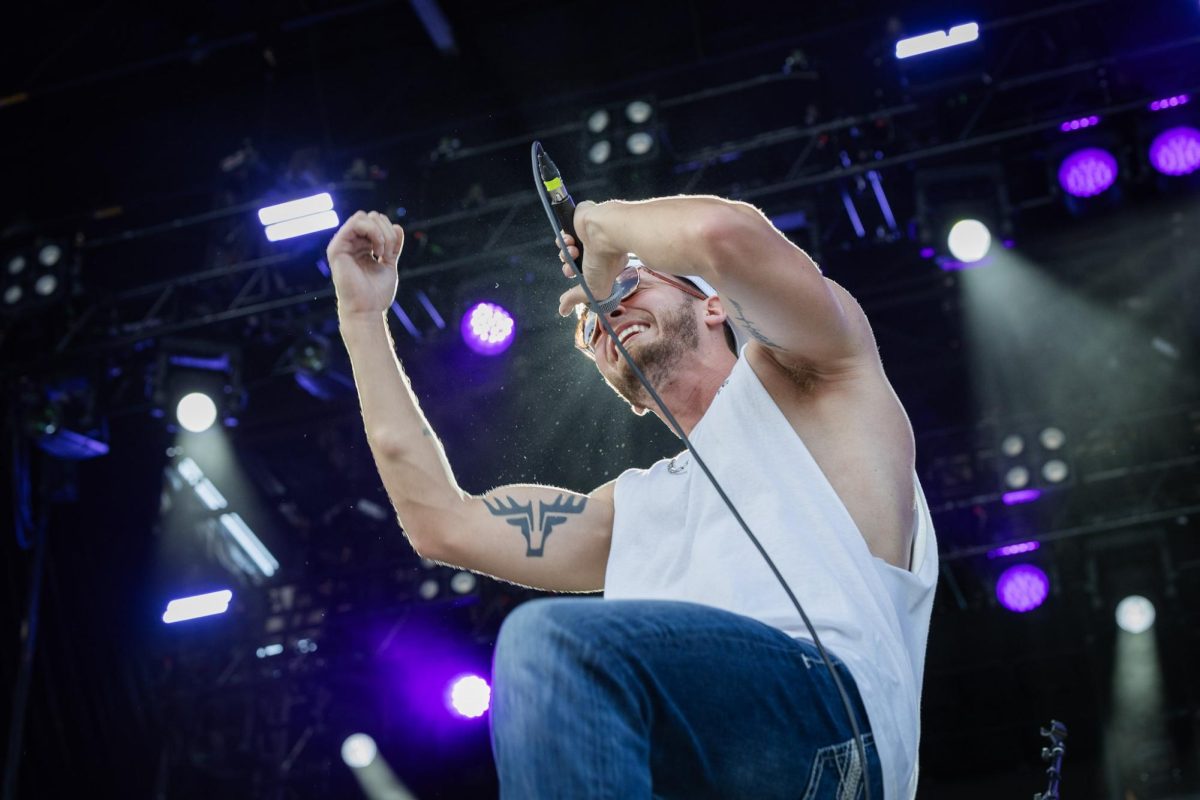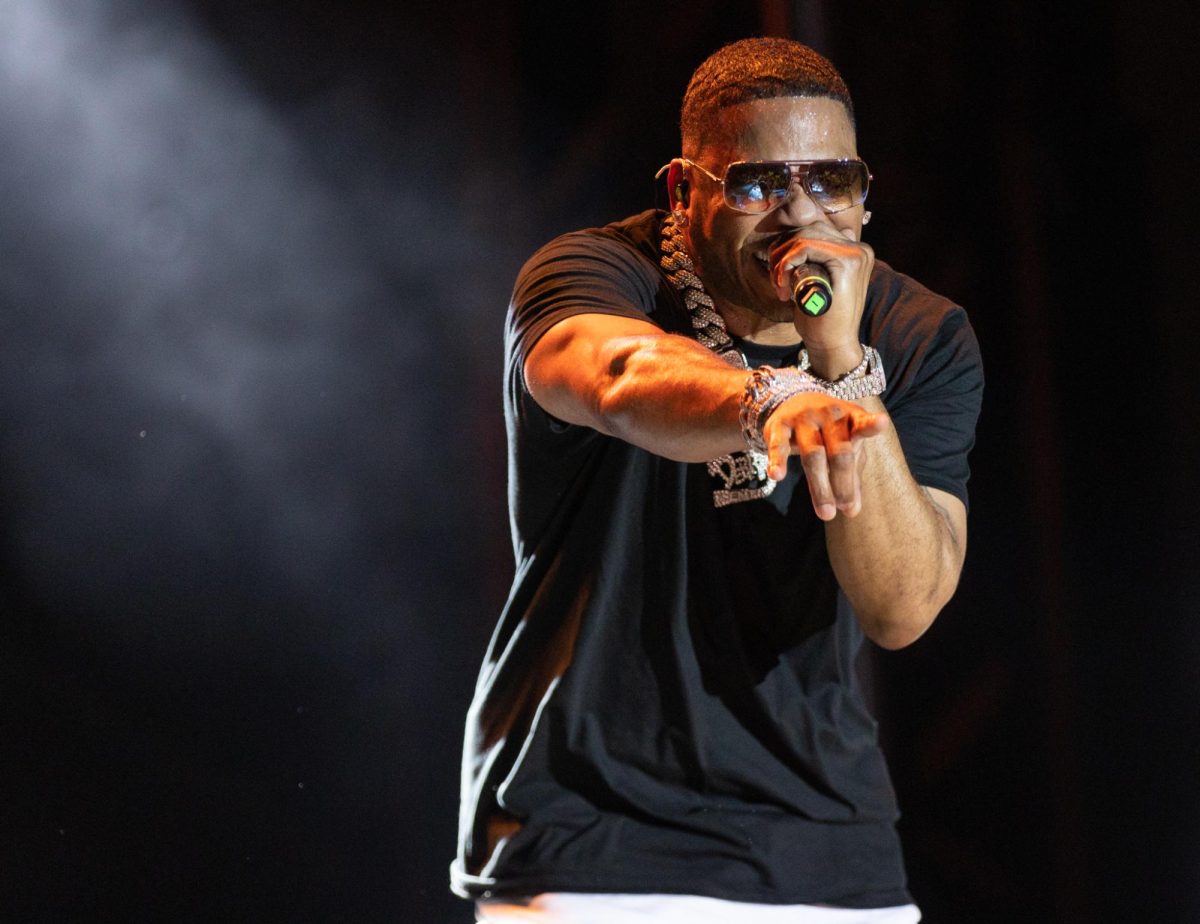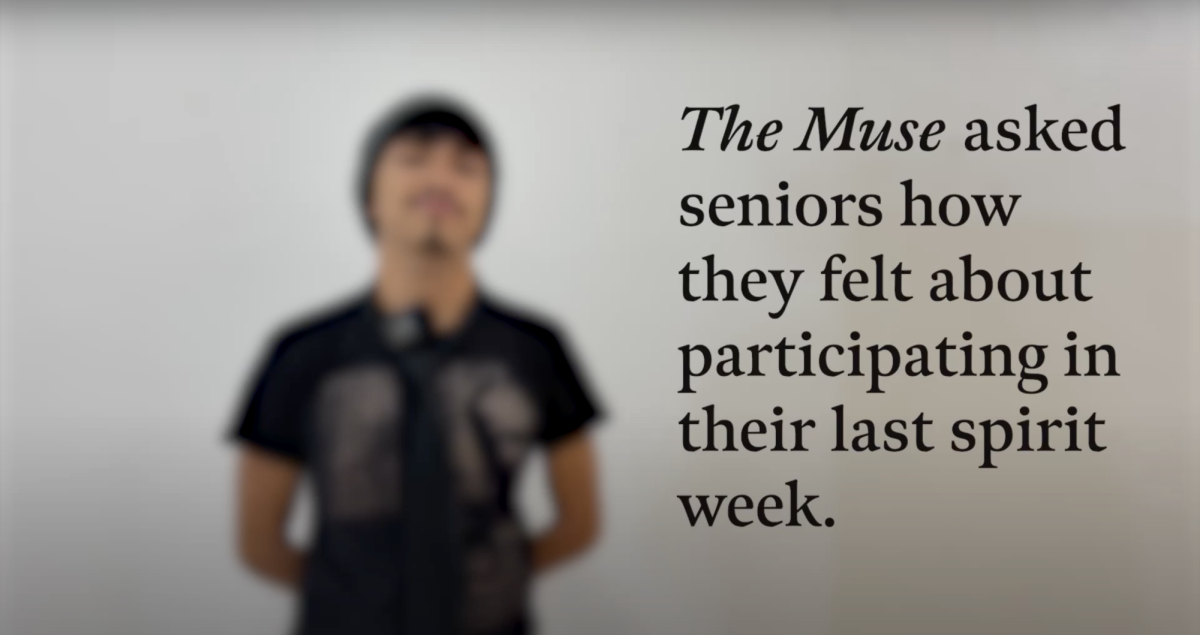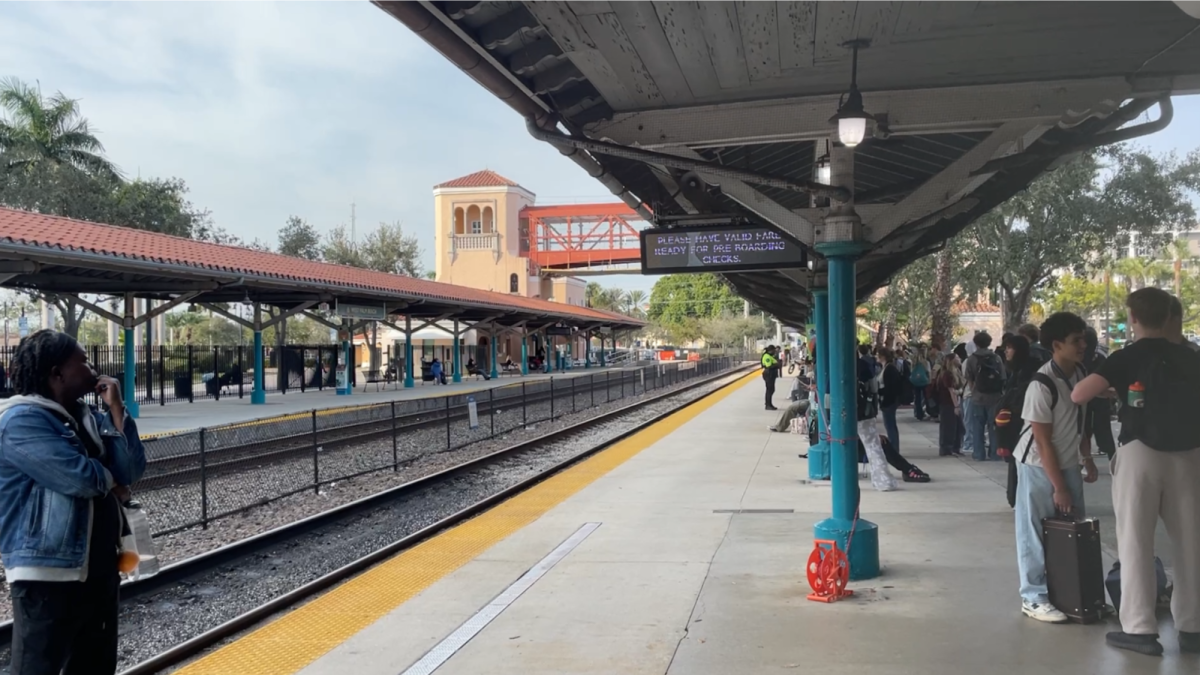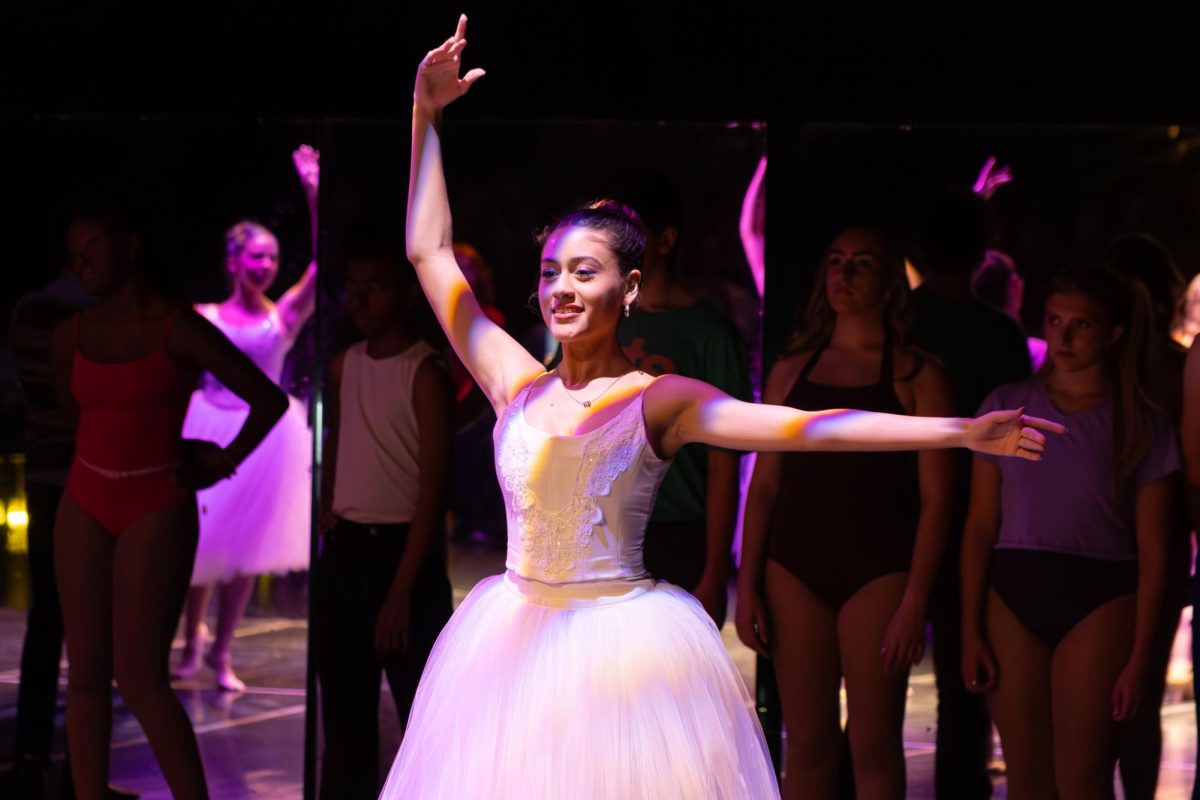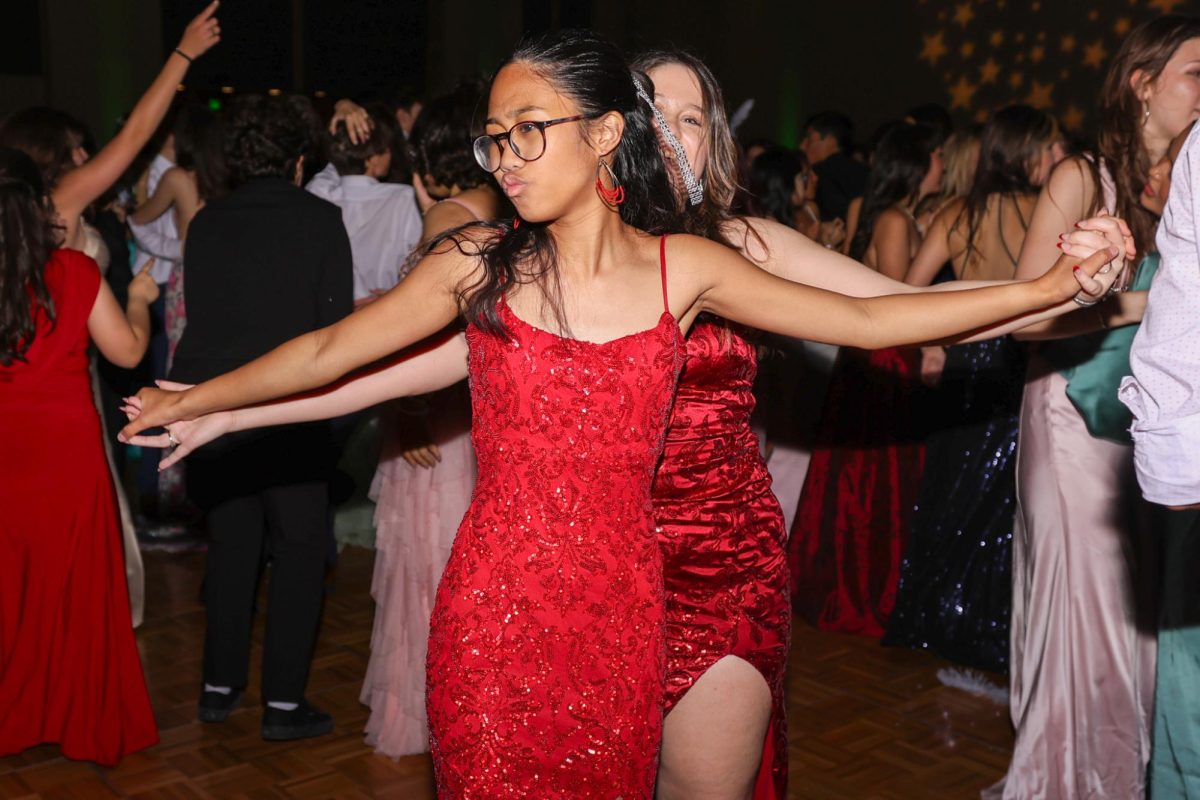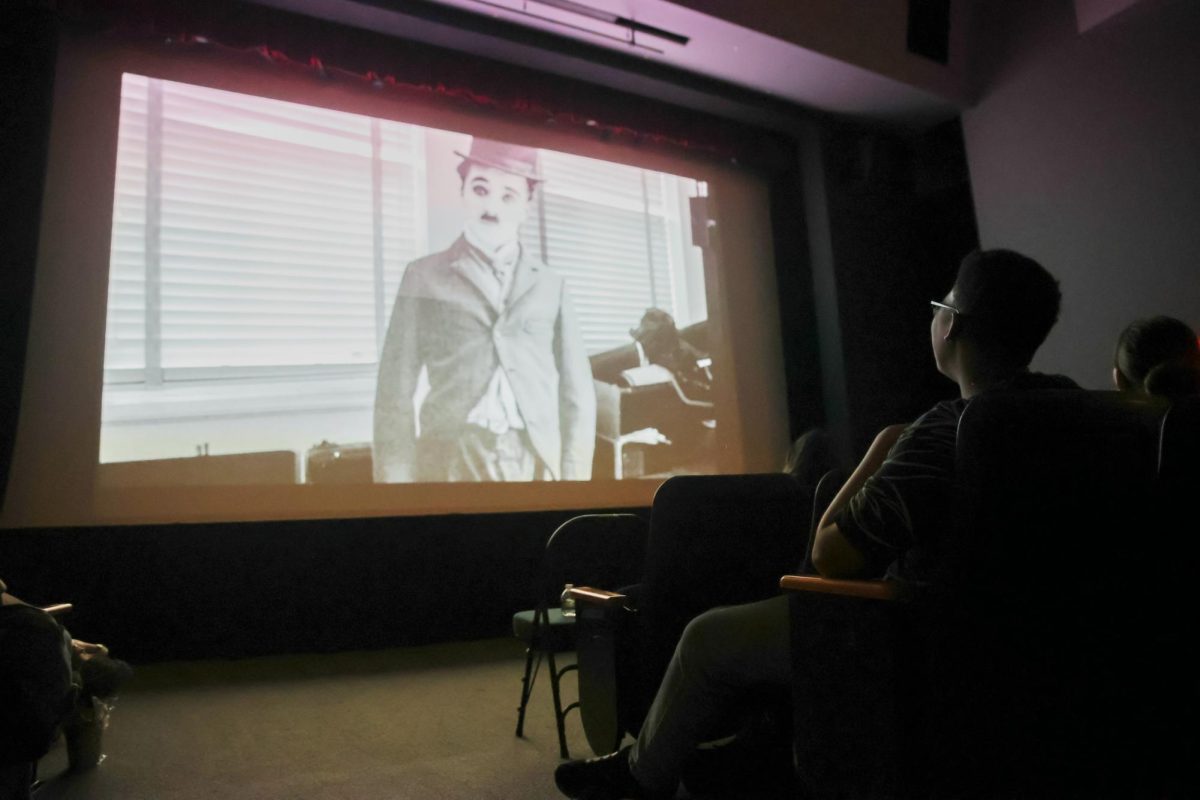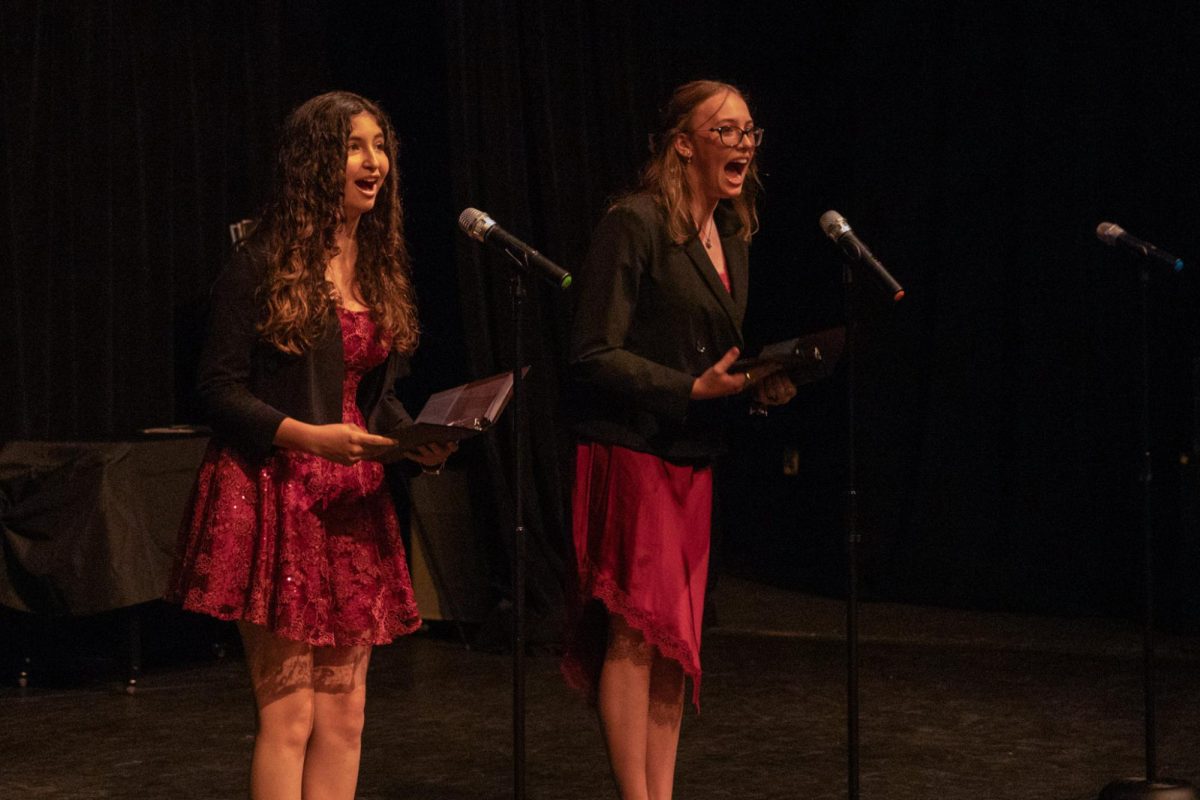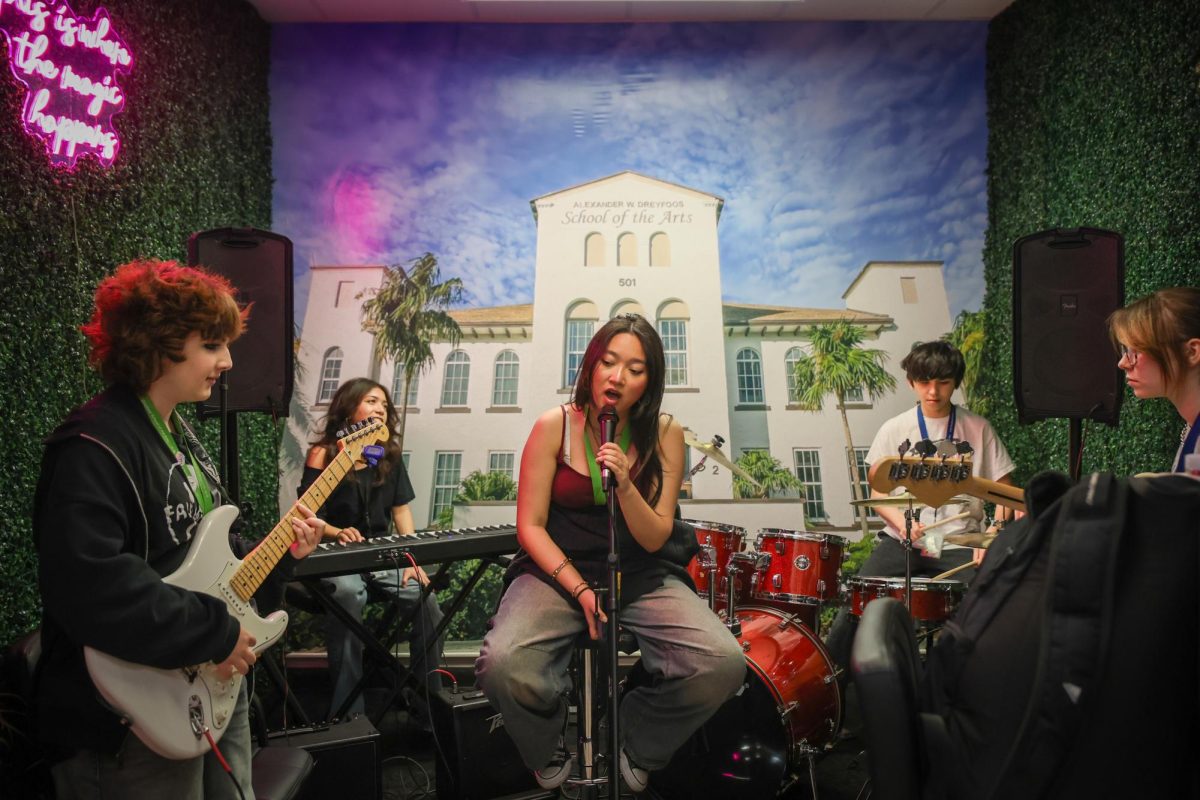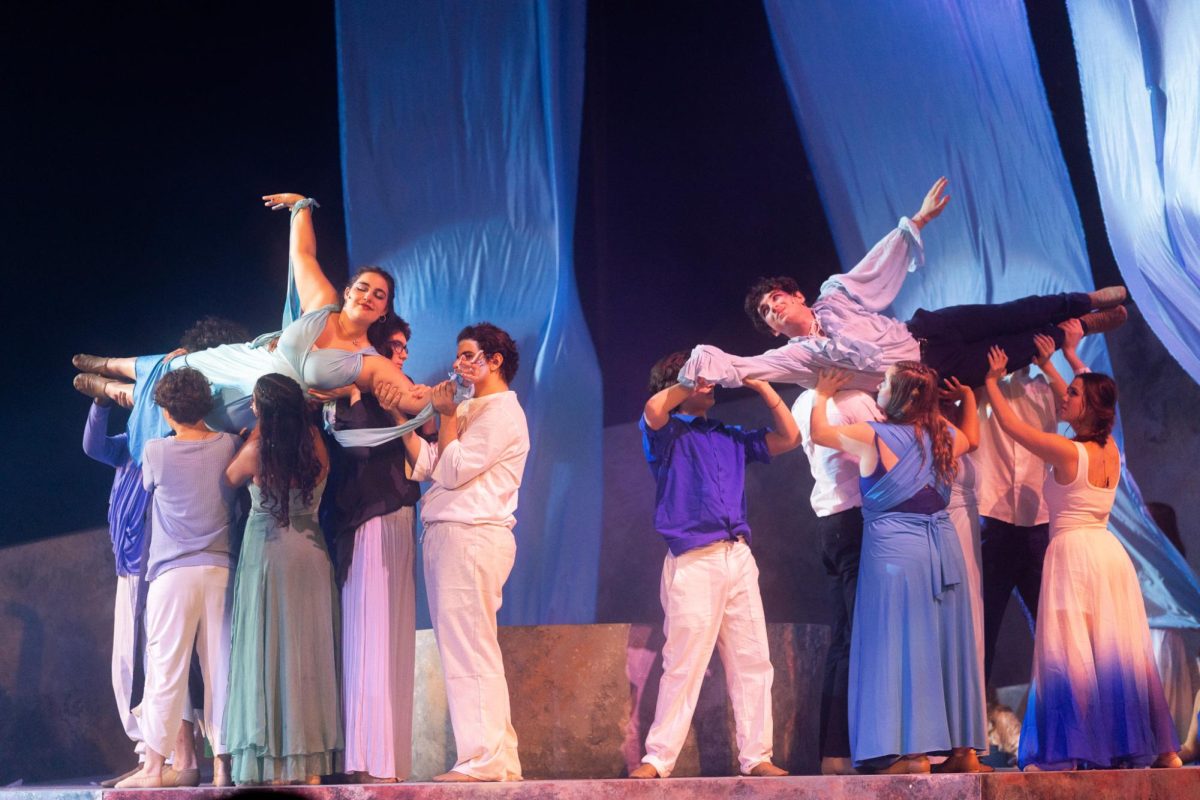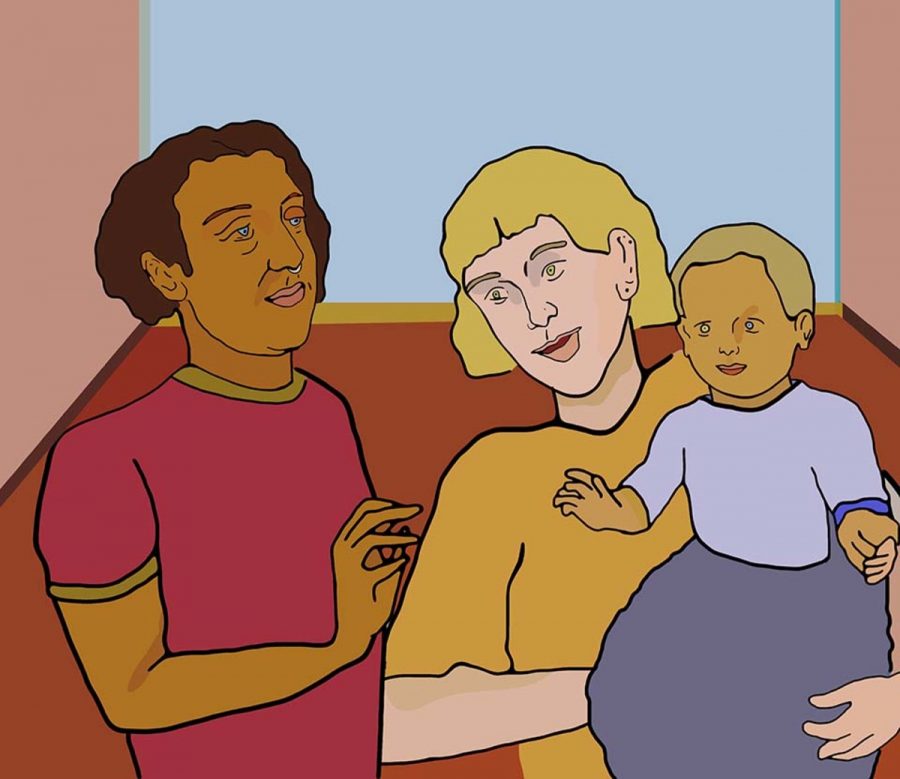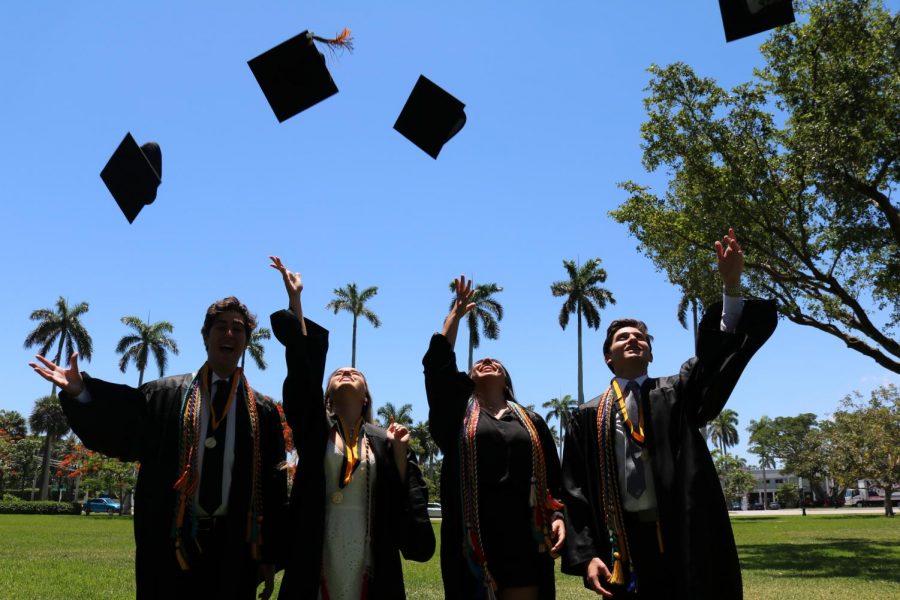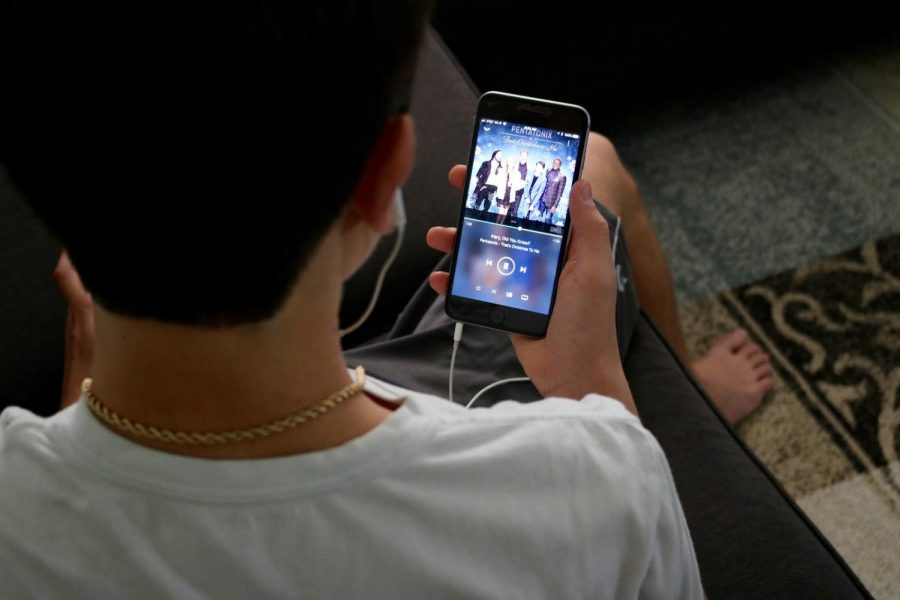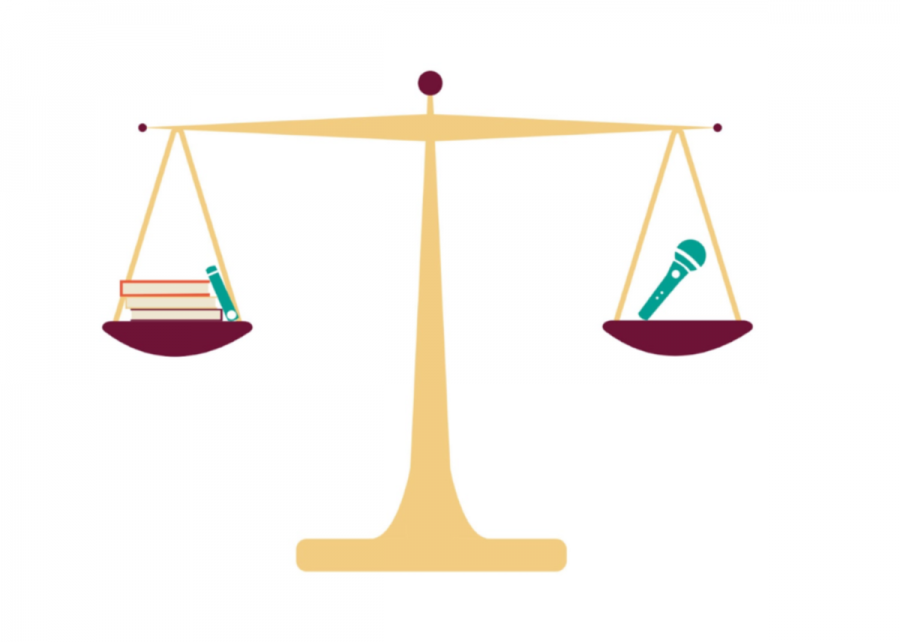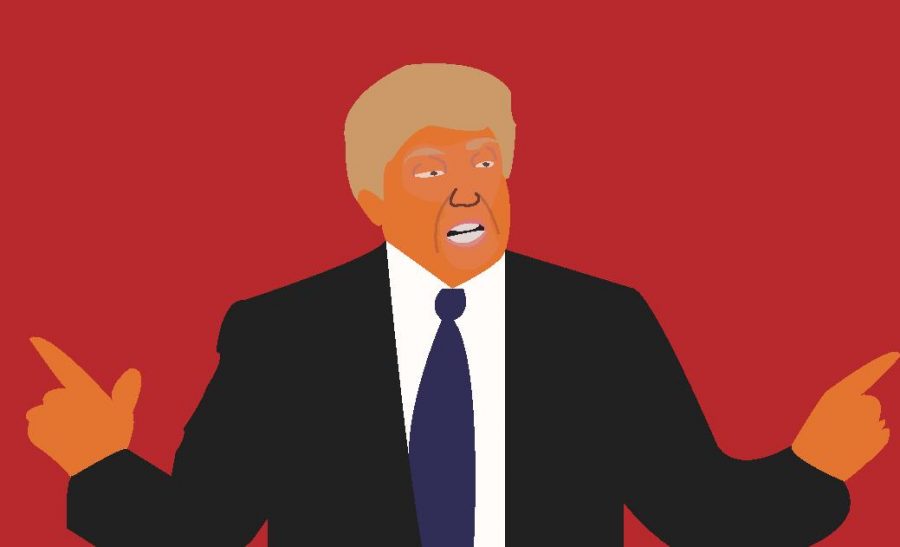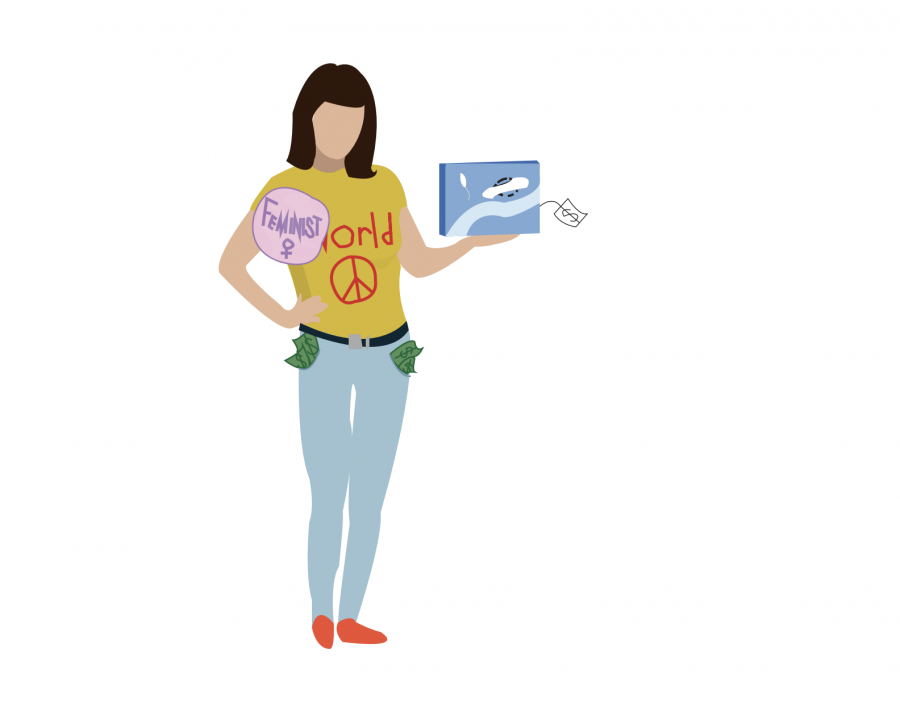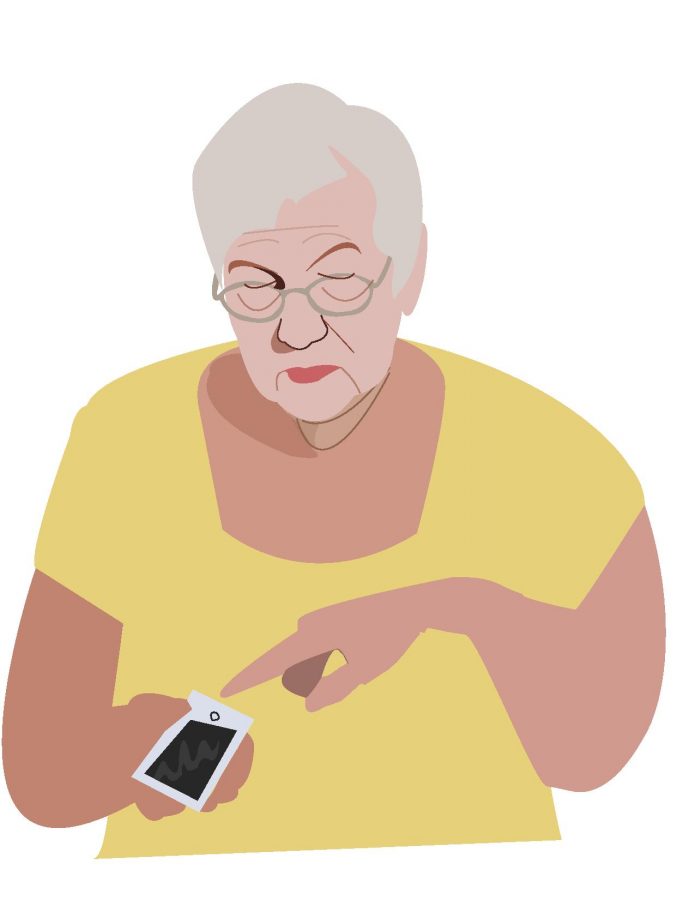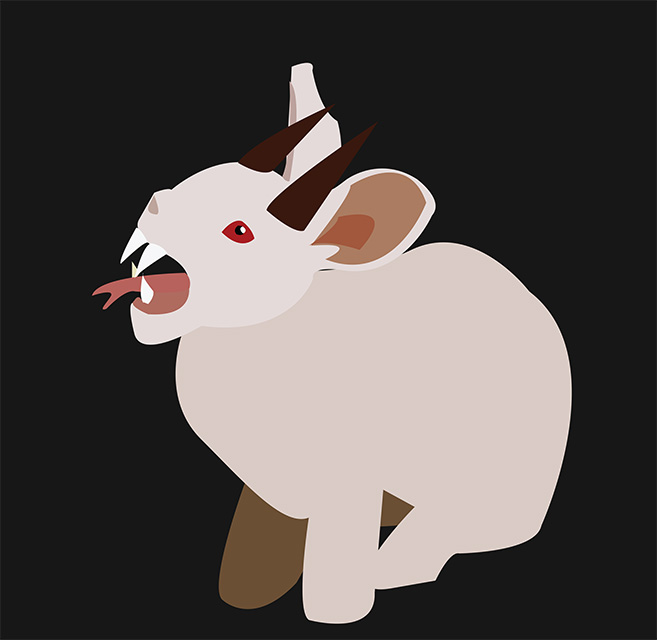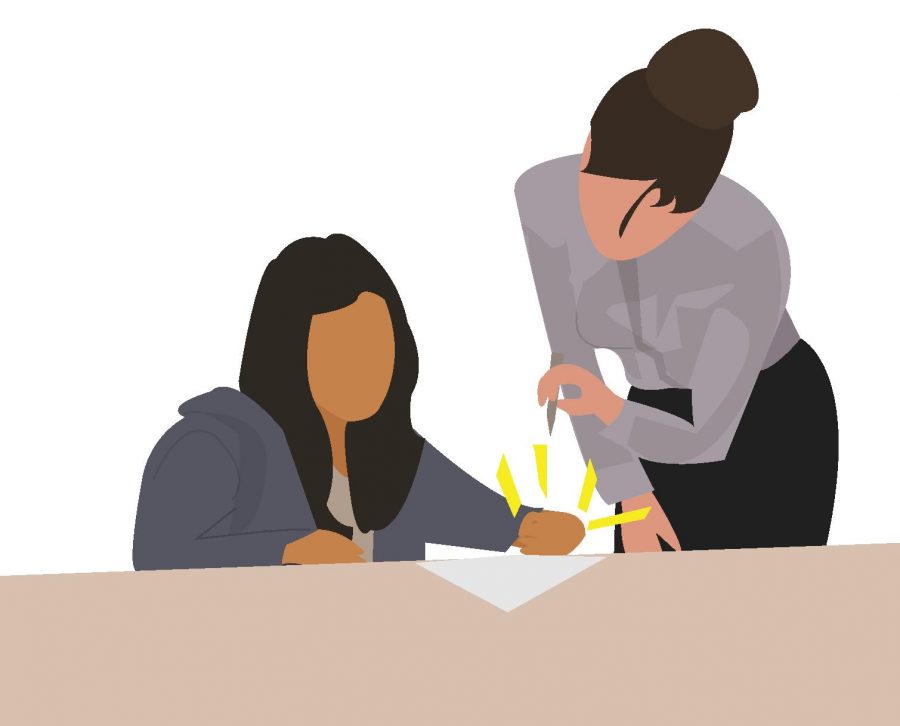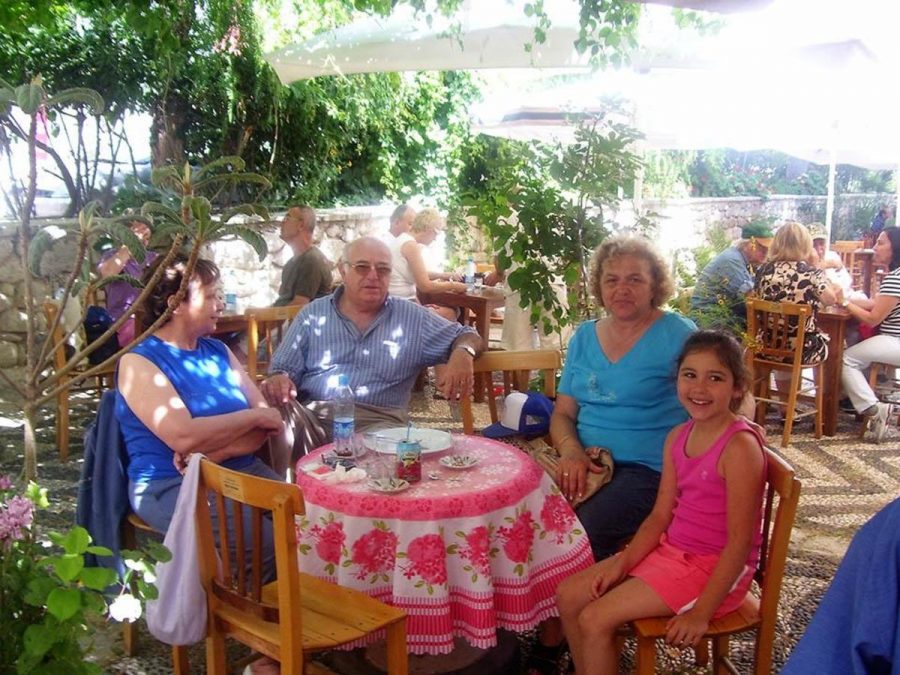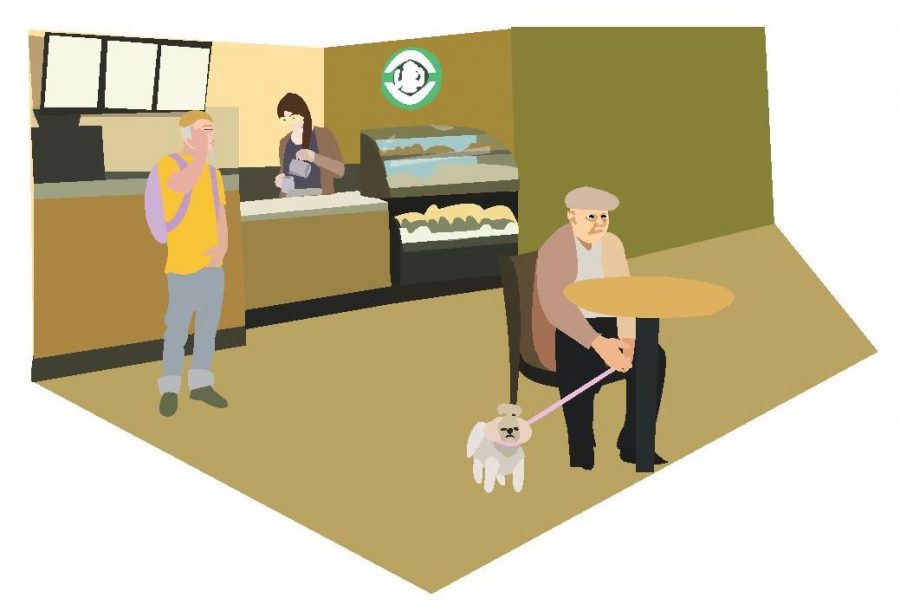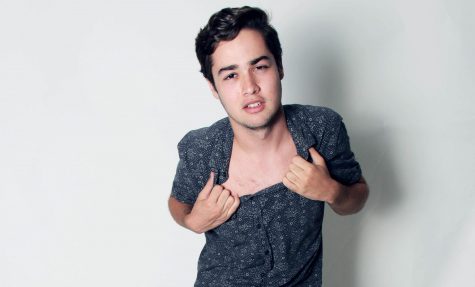When European avarice led to an arms race for the shortest route to Asia, Christopher Columbus erroneously landed in Haiti. But Columbus’ mistake wasn’t like any other committed before its time. Founding the first Spanish colony in the Americas, an Italian navigator set off the beginning of a globalized world where people from all continents intermingled to create regions of mixed populations.
Now in a post-Columbian environment, the question of identity finds itself harder to answer determining ancestry by appearances can no longer apply in a globalised world. Therefore, more and more people seek to determine their true origins by sending saliva samples of themselves and their family across state borders and sometimes country frontiers. This niche market created by 23andme, a company founded in 2006, has grown to more than a million genotyped people.
Perhaps the biggest market to exploit yet it is Latin America, a region spanning from Tijuana in Mexico to Ushaia in Argentina. I find myself in the middle of it – a proud Colombian from an Andean city named Medellin.
In colonial society, three groups existed: Spaniards, Natives and Africans, but their prestige and acceptance varied.
As any other Colombian and many Latinos, I speak Spanish. My stalwart Spanish ancestors followed Columbus to the Americas and brought their language to the post-Columbian world after disease decimated Native American populations. My Spanish ancestry was constantly inculcated through my grandmother’s manger and the incessant and repetitive stories of Lucas Ochoa Lopez y Alday, the man who introduced the Ochoa last name in Colombia. However, my family simultaneously despised Spaniards, referring to them as filthy and corrupt, a people who were too lazy to do anything about their economy.
Faintly mentioned in the midst of all these stories and objects, Native Americans did not receive half the praise of my Spanish ancestors. My family recognized their existence but regarded them as submissive and mostly people from the jungle who were barely seen today. The Native Americans were almost a legend – their existence acknowledged but never seen.
As in North America, Africans in Colombia were at the bottom of the social hierarchy during the colonial era, and the customs of the past have remained. Africans initiated the music of Colombia: Vallenato and Cumbia. Despite these accomplishments, the black population wasn’t awarded any merit. Any claim of African in the family was quickly disregarded and denied.
So if not any of the three groups, but all the three groups, who was I?
I found 23andme and decided to open Pandora’s box. With knowing your ancestral genetic background, family stories can be proven false and the real stories from centuries of marriages and brutality can come to light. Nevertheless, the temptation of having my ethnic percentages broken down convinced me despite disapproval from family members.
The process was simple. A tube arrived with instructions, which I followed and a few weeks later the results were posted. The results arrived with a breakdown that was expected yet surprising.
As a 91.5 percent European, 7 percent Native American and a 1.5 percent Sub-Saharan African, I was actually an anomaly in the Colombian population. The typical Colombian approximates 60 percent European, 30 percent Native American and 10 percent African. The purity of my supposed Spanish heritage seemed to be false which followed with the average Colombian DNA, but figuring out my genetic breakdown only led to more questions. Why was I so white, and why was my Native American and African ancestry forgotten?
In the first stages of colonialism, European men took Native American brides, but as their children and descendants had a broader selection of individuals, they chose predominantly European mestizos or Spaniards over Native Americans. Ultimately, the colony ran out of Europeans in the 19th century when independent movements began. The lack of immigrants in Medellin forced my ancestors to marry within a small group of families with similar phenotypes. Genetic testing showed me I am the product of slave and slave master relationships, a rigid class system and white supremacy.

